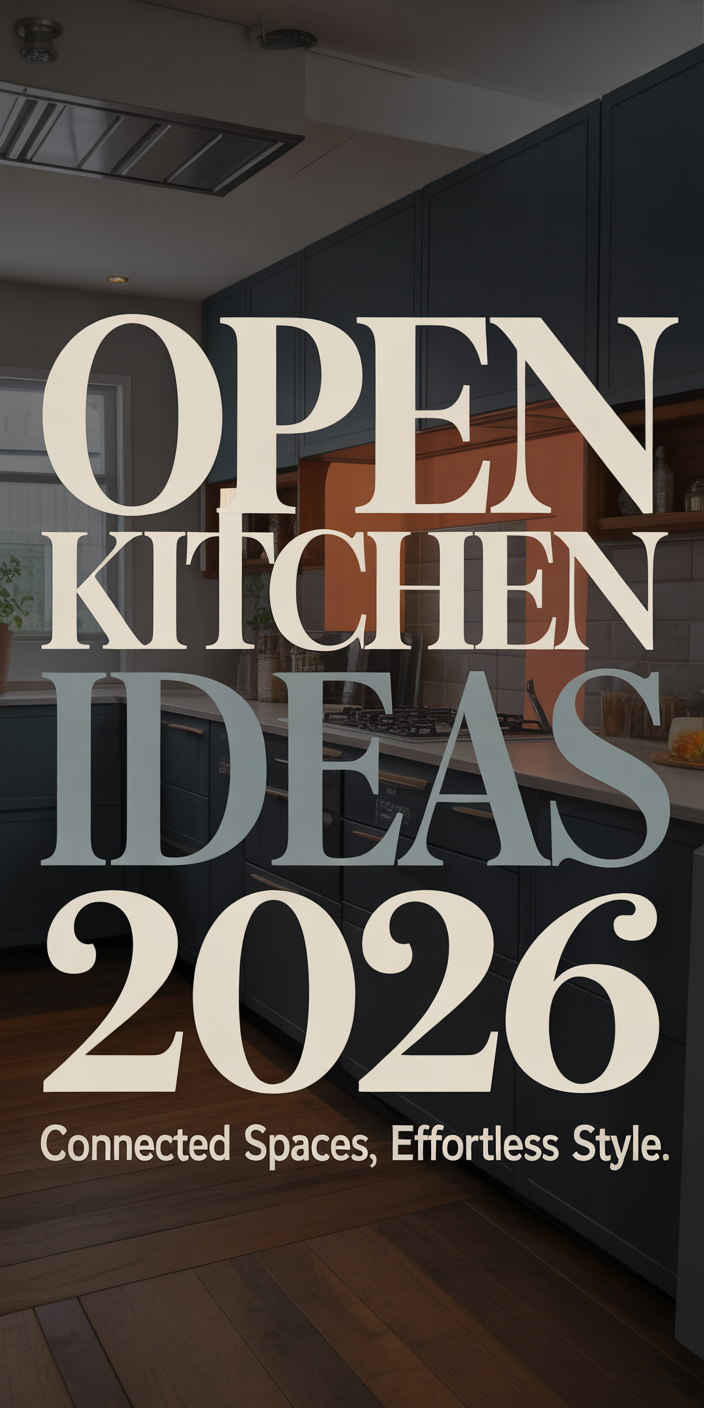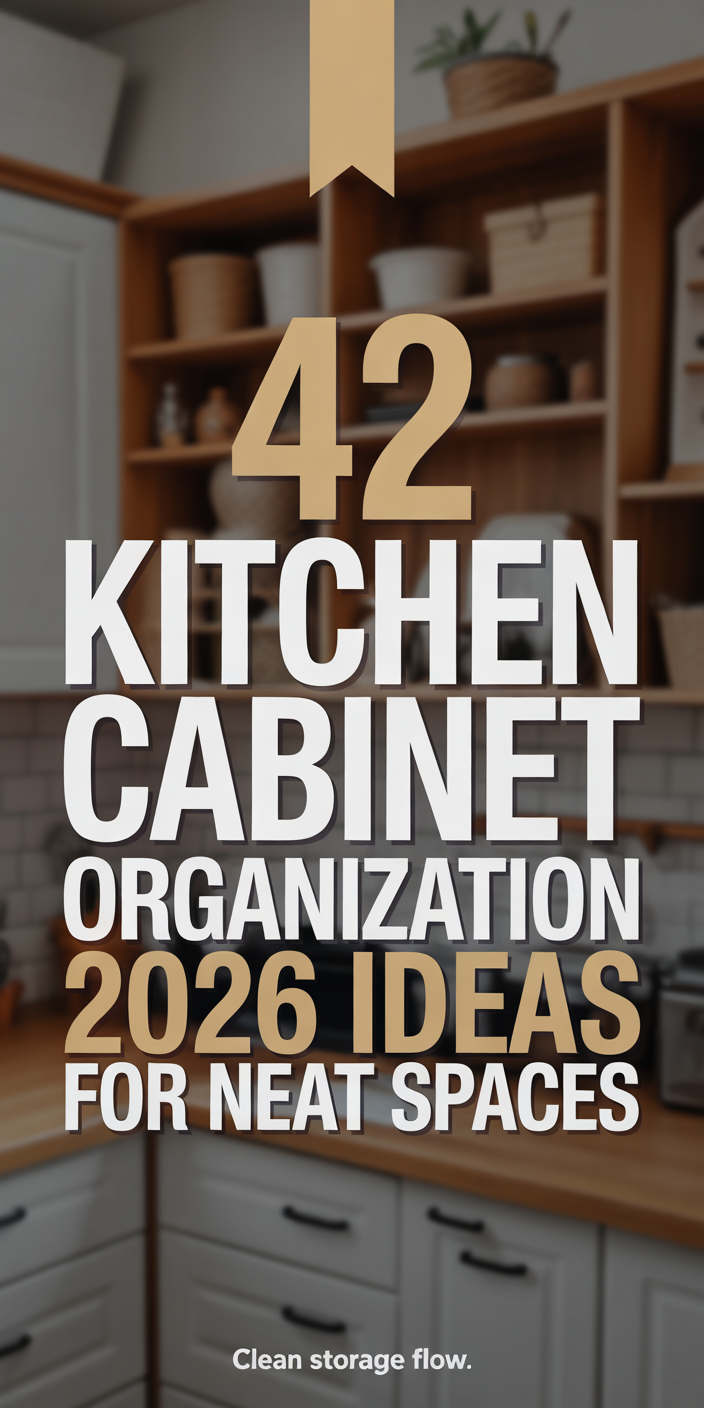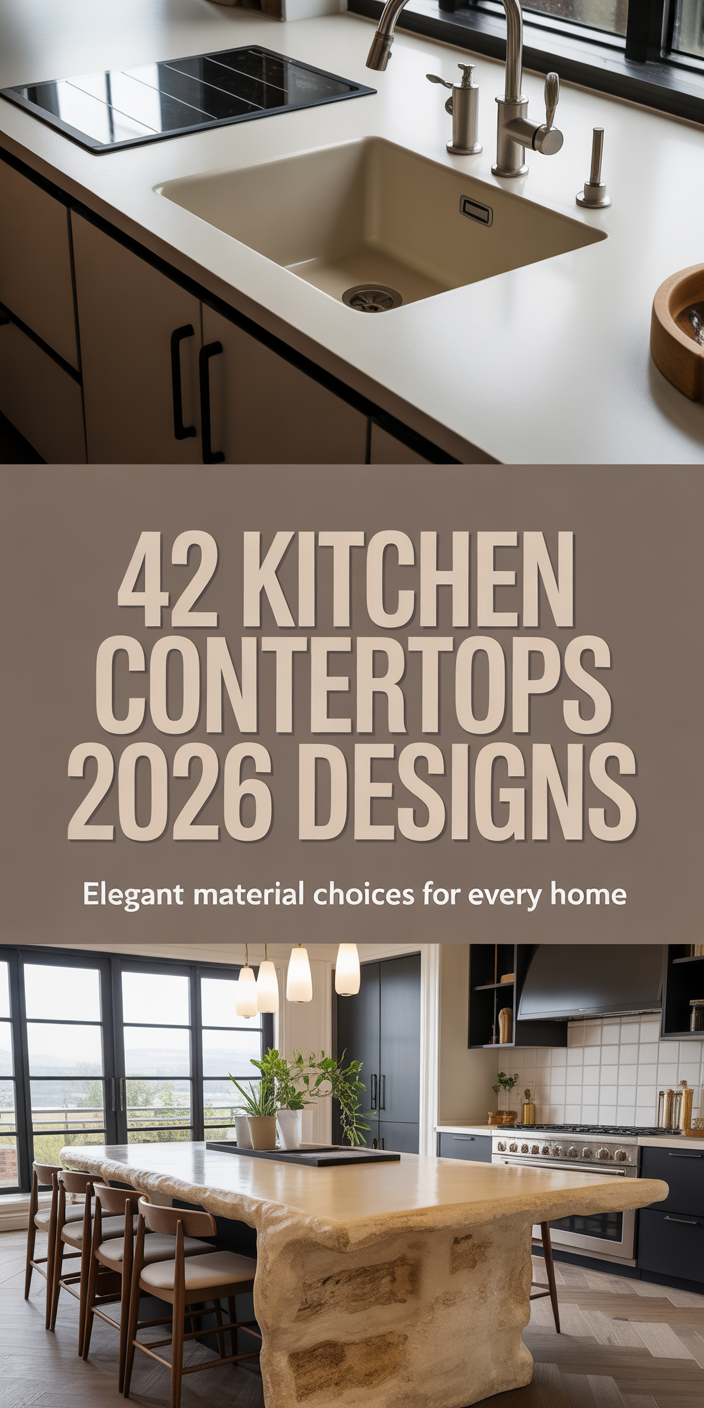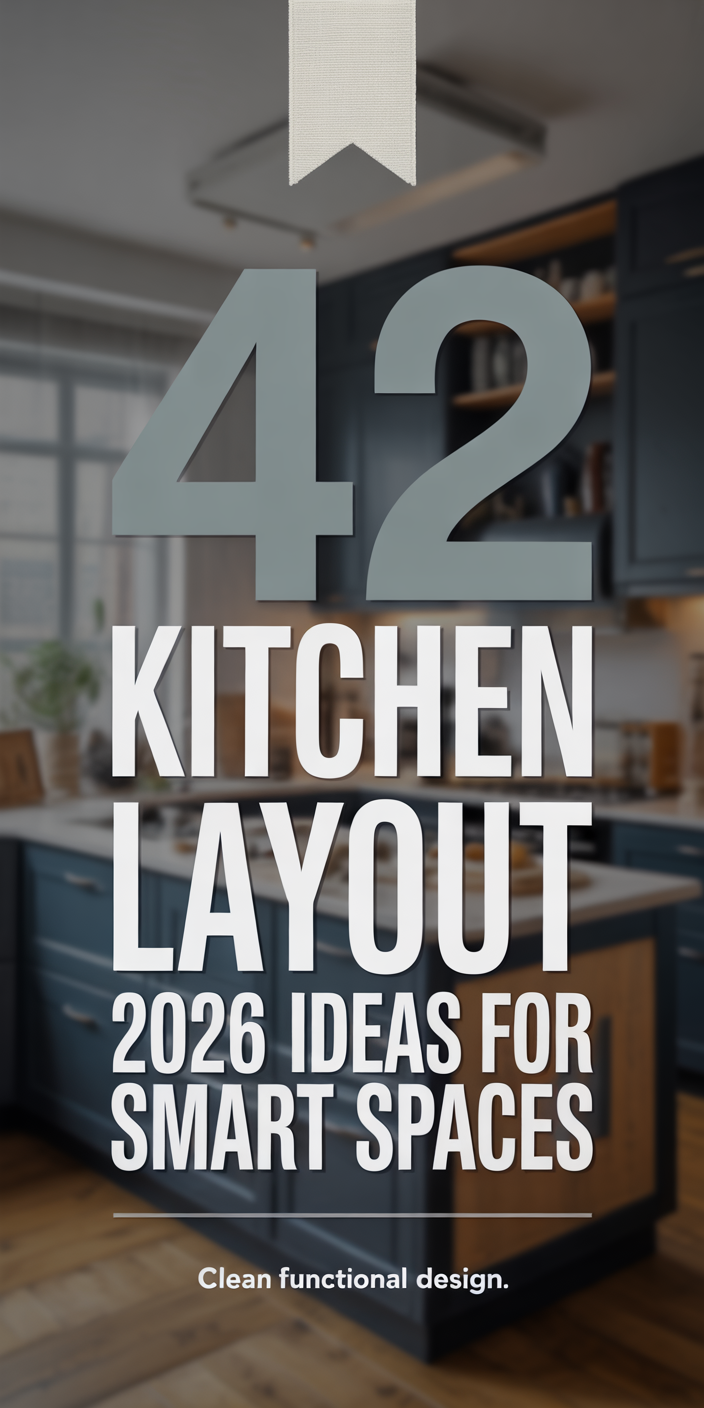Open Kitchen Living Rooms 2025 with 40 Stylish Layout and Decor Ideas for Modern Shared Spaces
INTRODUCTION
The open kitchen/living room has redefined interior design over the past decade, and in 2025 this concept continues to evolve to meet the changing needs of modern living. Combining rooms into integrated spaces offers family togetherness and better room movement while making the most of available floor space, even in compact apartments or condominiums. This article offers functional and stylish ideas for creating seamless designs that combine comfort with functionality and styling unity between kitchen and living areas for both remodeling and new construction. Each suggestion reflects the latest trends in décor, paint colors and space-saving layout strategies.
1. Scandinavian simplicity
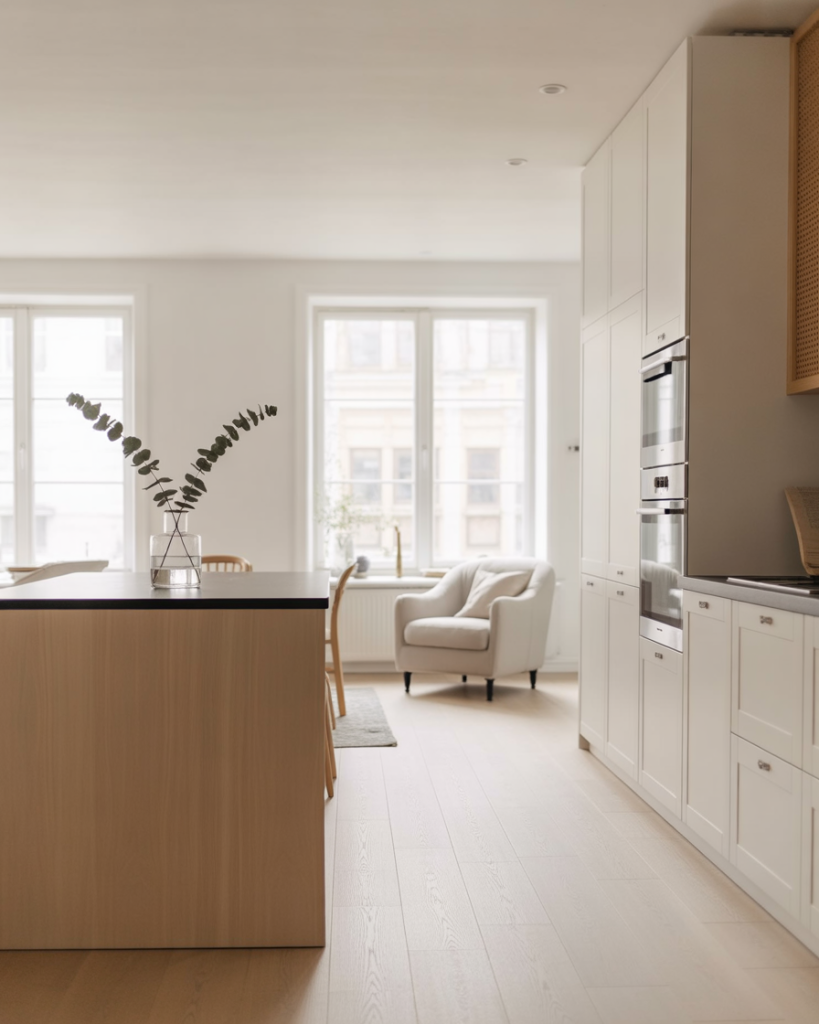
The Scandinavian approach to the open kitchen/living room is all about light, clean lines and functional beauty. Light-colored walls, combined with simple wood elements and limited furniture, allow natural light to flow freely while enhancing the feel of small spaces. A simple home or those seeking tranquility can benefit most from this particular design. Designers like Emily Henderson often praise this look for its balance of practicality and beauty.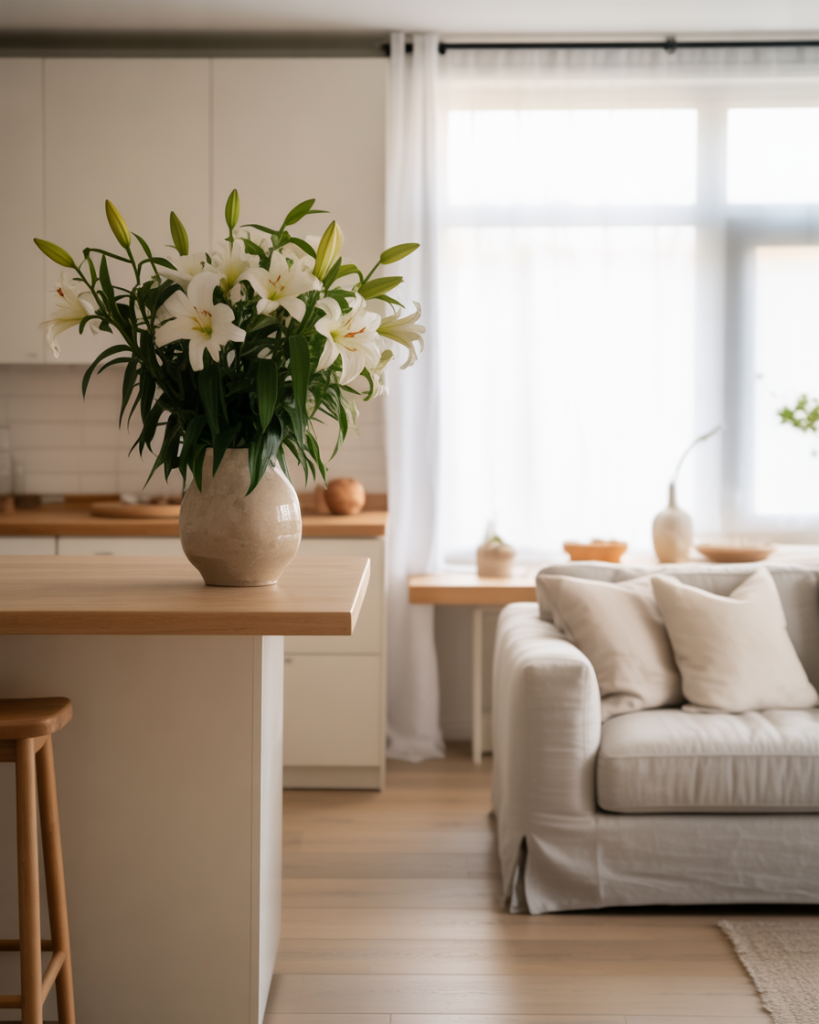
2. The Island-Centered Flow
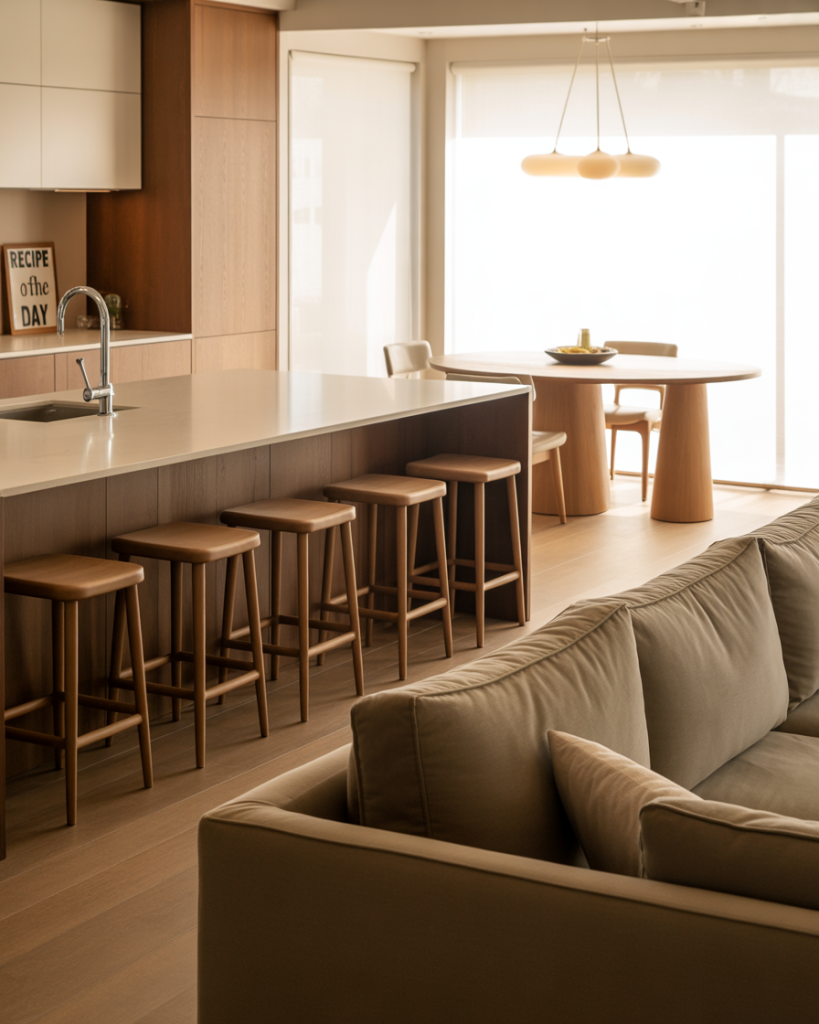
Placing a multifunctional kitchen island in the center of your floor plan helps define zones without disrupting the open layout. Families who share their dining and kitchen areas should consider this layout. Preparation tasks can be done at the island, even while you watch the kids or chat with visitors. This strategy is often seen in modern interior design blogs like Studio McGee.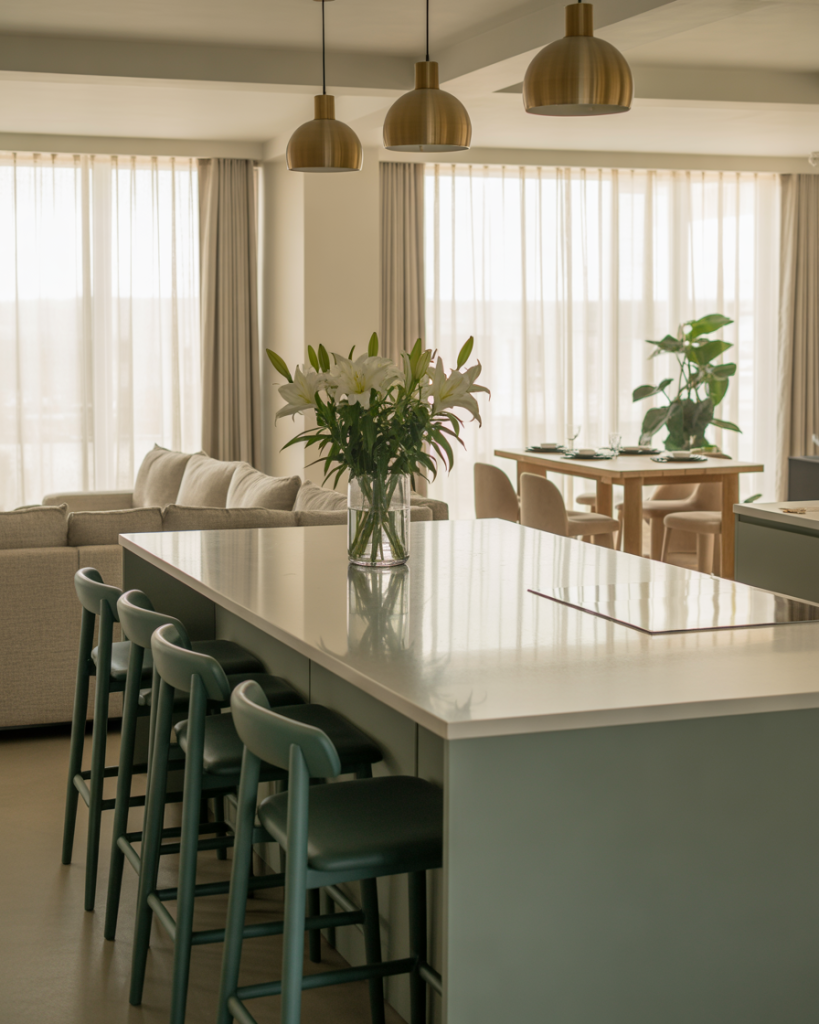
3. Cased Opening Transitions
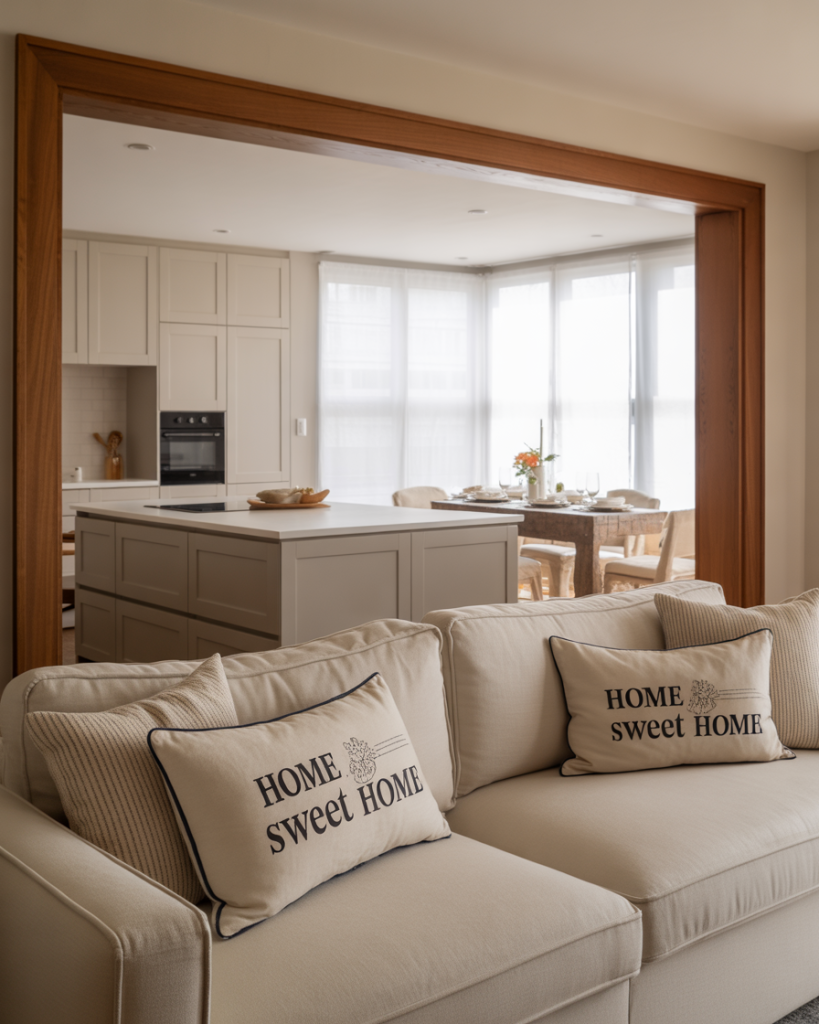
A clever way to keep things open yet distinct is to use cased openings between the kitchen and living areas. This design provides visual separation while maintaining flow and light. The use of cased openings in renovations creates a visual boundary that works perfectly in projects that convert older homes into open spaces. Designers such as Jean Stoffer often highlight this method of blending tradition with modern living.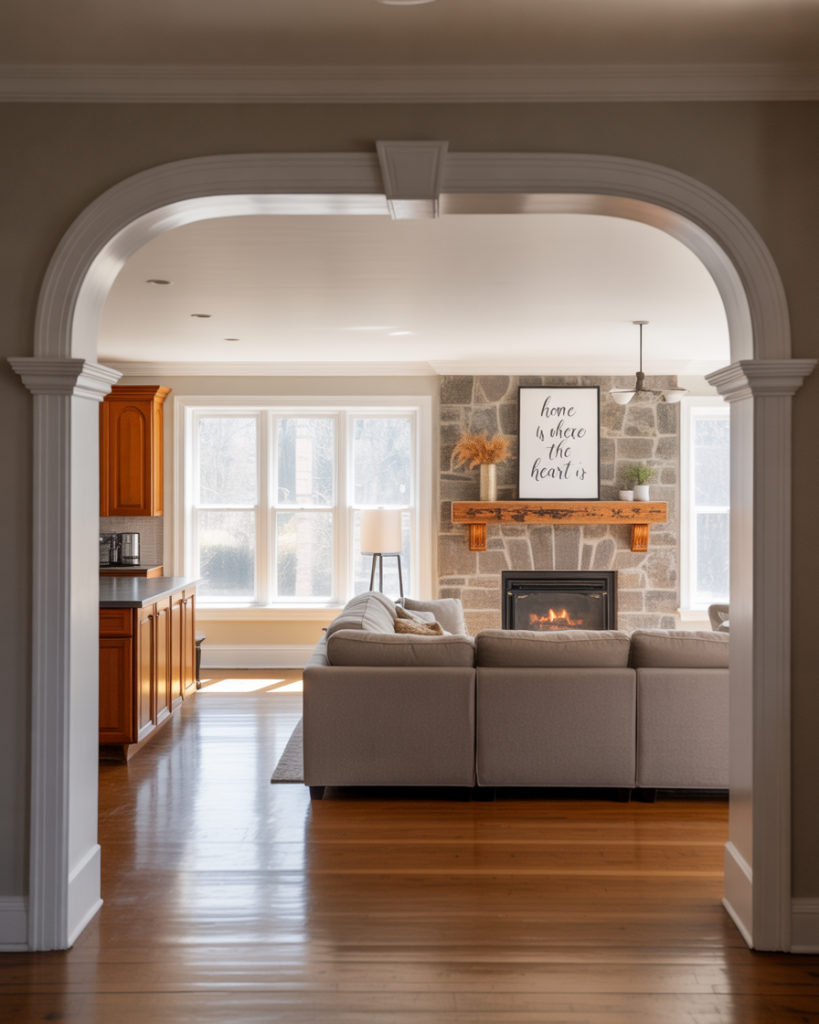
4. Center dining room
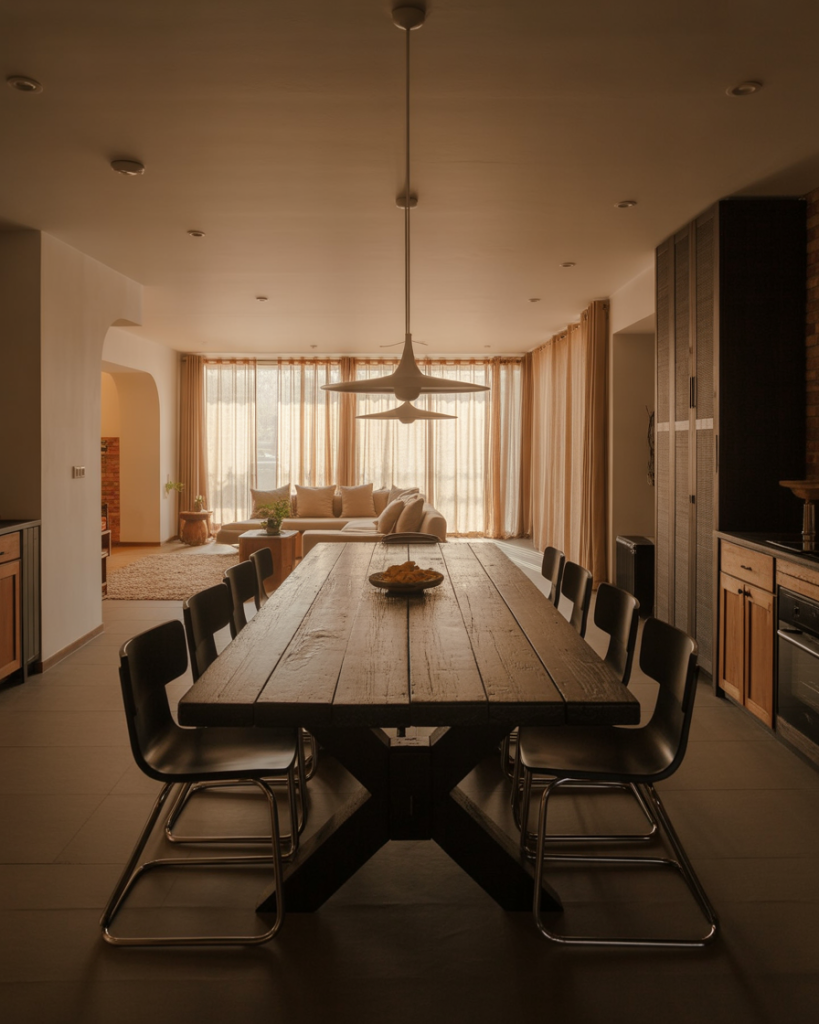
Placing the dining room in the center of the open concept creates an inviting hub that connects both the kitchen and living room. This layout design works well for homes that are barndo or rectangular in shape, when homeowners want a smooth transition through large interior spaces. It also allows for shared lighting fixtures and easy entertaining.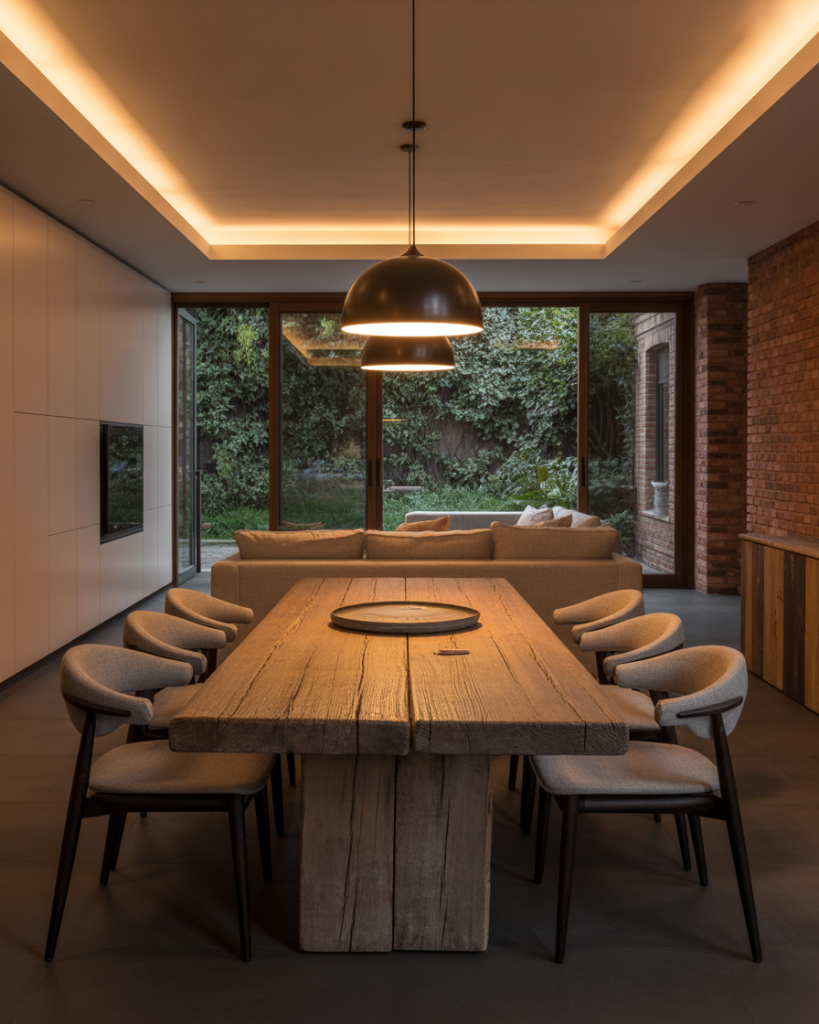
5. Apartment-friendly zones
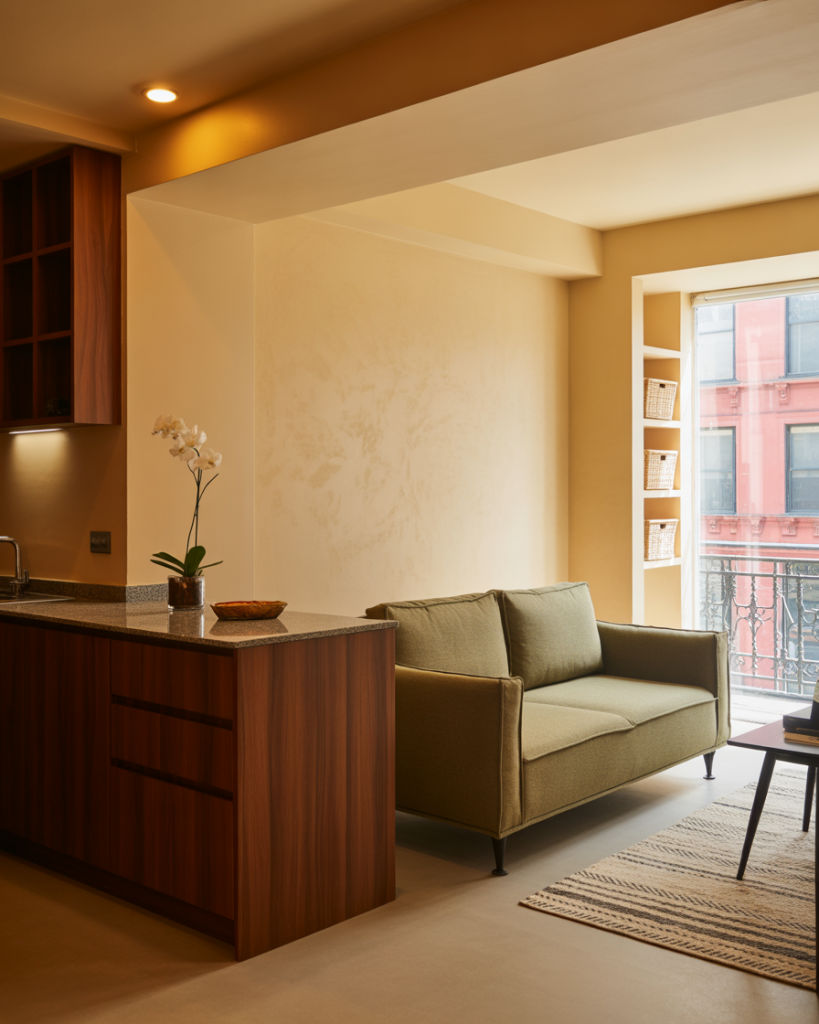
In a small apartment, smart zoning is key. A rug, open shelving, or a couch on legs serve as alternative ways to visually divide the kitchen and living areas instead of building walls. Applying strategic paint colors helps define different areas in a cohesive way. Apartment Therapy regularly features these types of solutions for renters and first-time homeowners.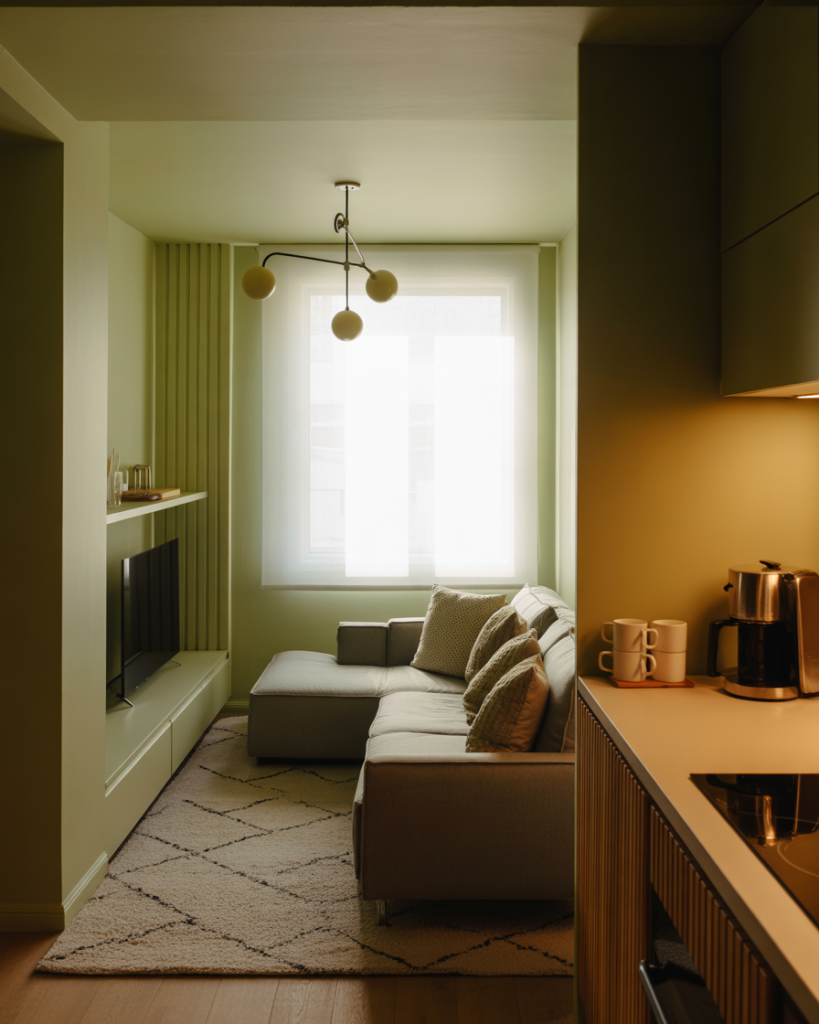
6. Bold color combinations
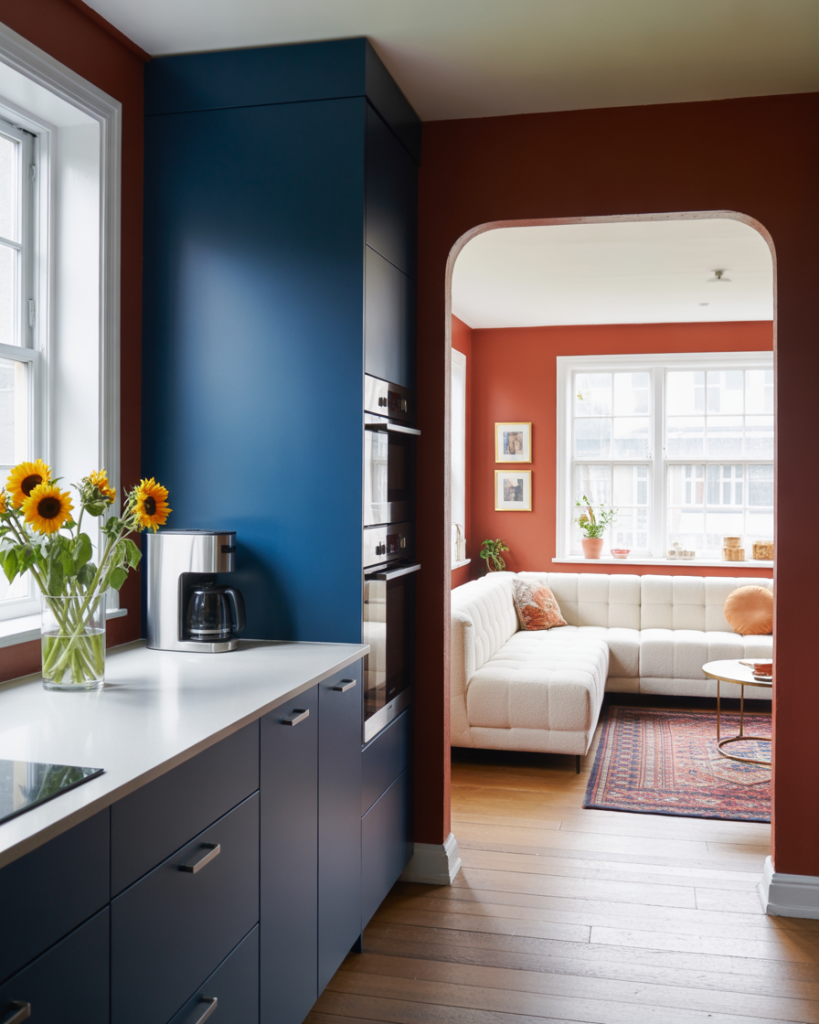
A well-chosen paint color can separate the kitchen from the living room, even without structural separation. The kitchen should be given a navy treatment, while the living room should be given a warm clay color to create functional space definitions. Using this method, homeowners can achieve modern home contrasts without creating visual clutter. Author Shea McGee often explores bold color theory in her work.
7. Corner sofa for cohesion
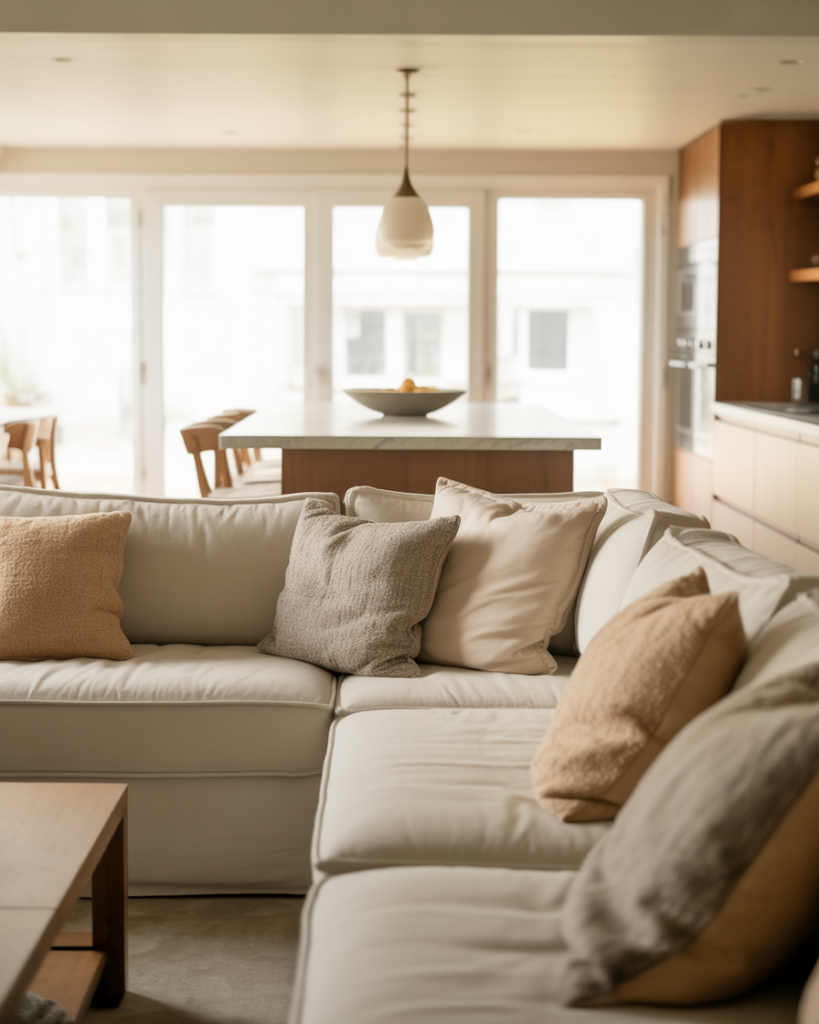
A large L-shaped sofa can define the living space while anchoring the flow of the room. The seating should face the kitchen area to create a social atmosphere in the room. The L-shaped arrangement works beautifully to create both comfort and unity, especially in tight living spaces with contemporary floor plans. Consider warm neutrals for the upholstery to remain timeless.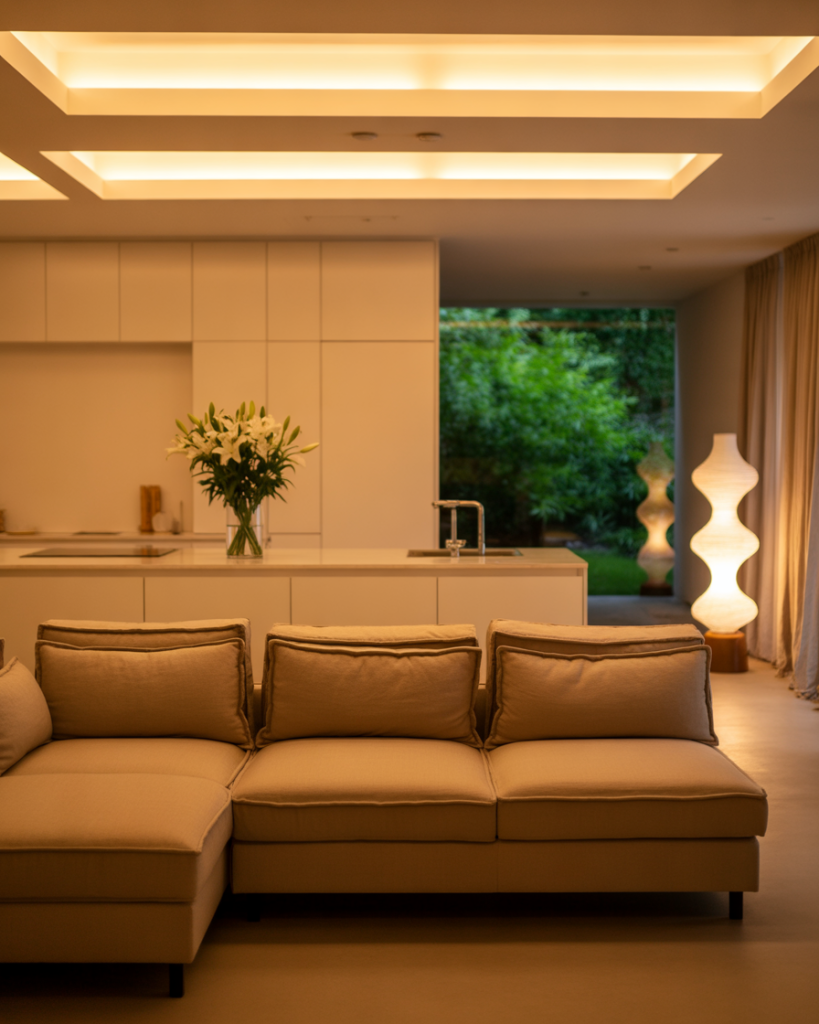
8. Hidden storage highlights
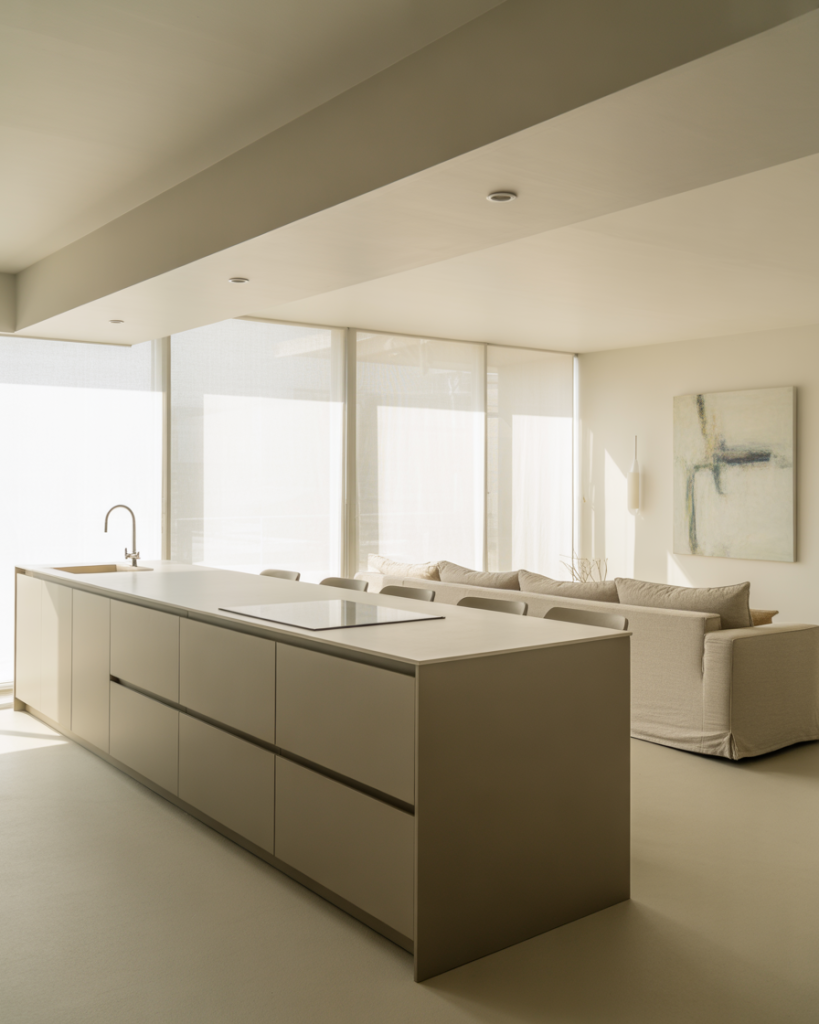
In an open concept, clutter quickly ruins the effect. Black metal light fixtures add a vintage touch as they hang from the ceiling to the floor. Hidden storage appears in dining banquettes, and deep kitchen drawers and floating cabinets maintain organizational simplicity. This idea is ideal for decor enthusiasts who crave minimalism without sacrificing comfort.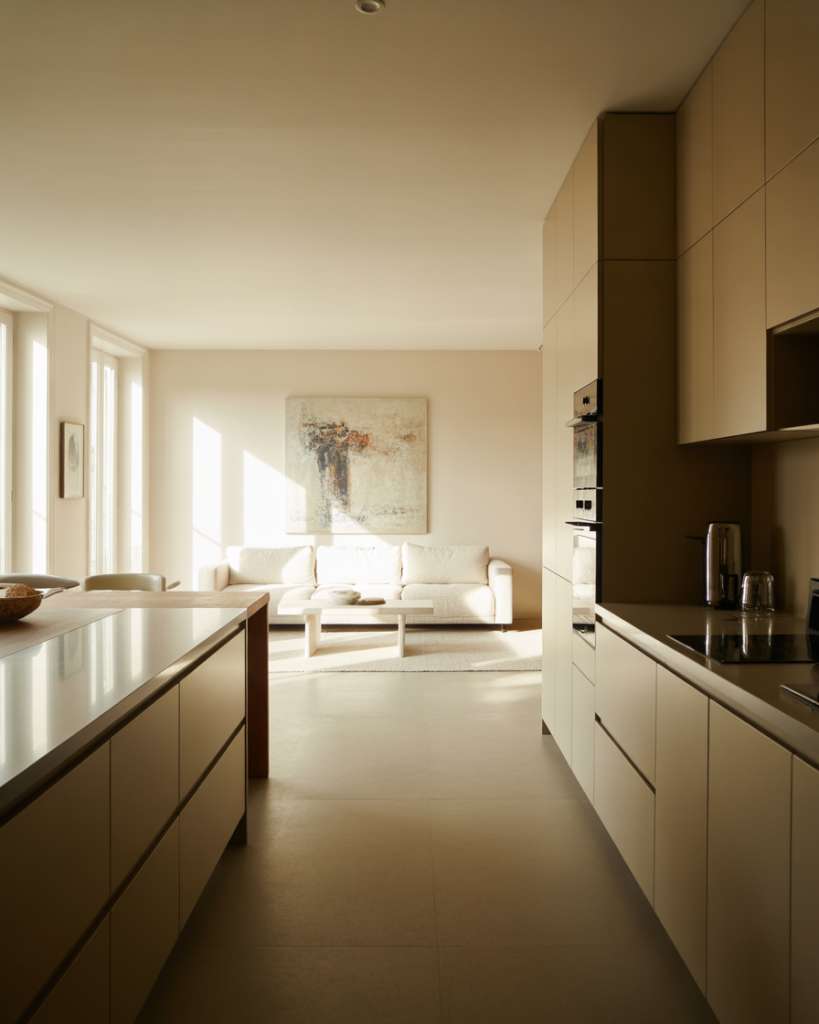
9. Barndominium Blends
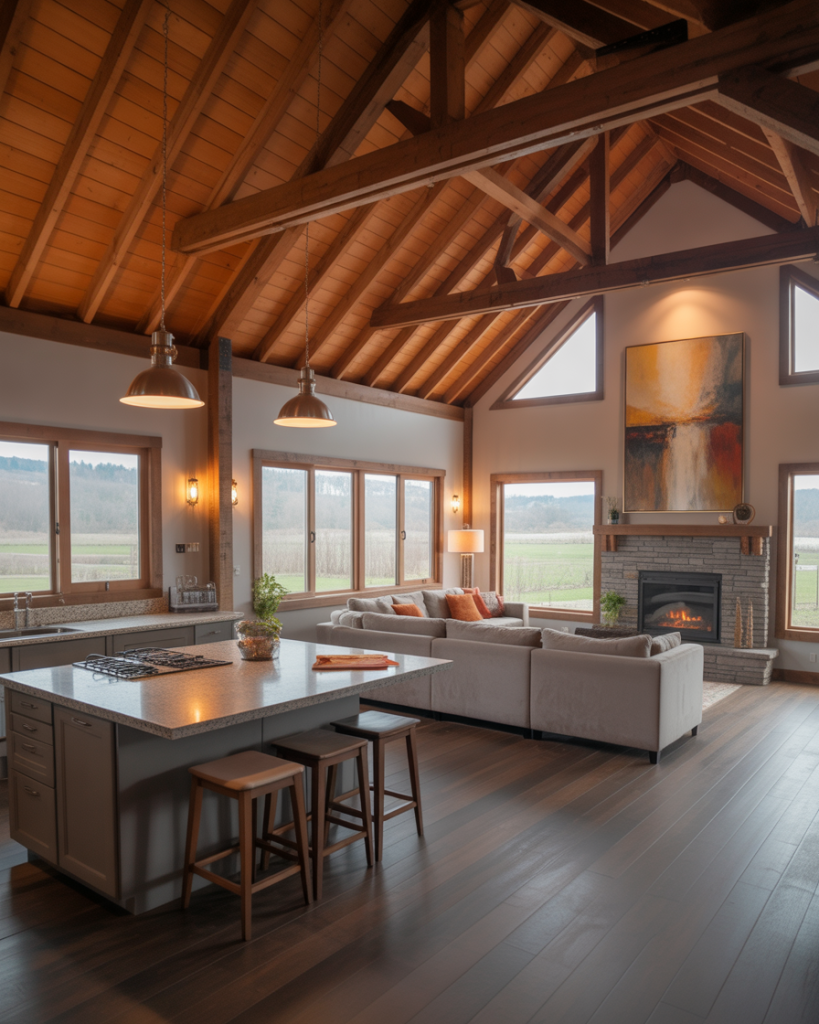
Barndominiums are inherently open concepts, and the blending of industrial textures with soft furnishings creates a uniquely American aesthetic. The combination of rustic wood beams and black metal light fixtures with plush rugs creates a cohesive space. It’s a great match for families or anyone renovating large country rooms.
10. Dining Room Floor Plan Solutions
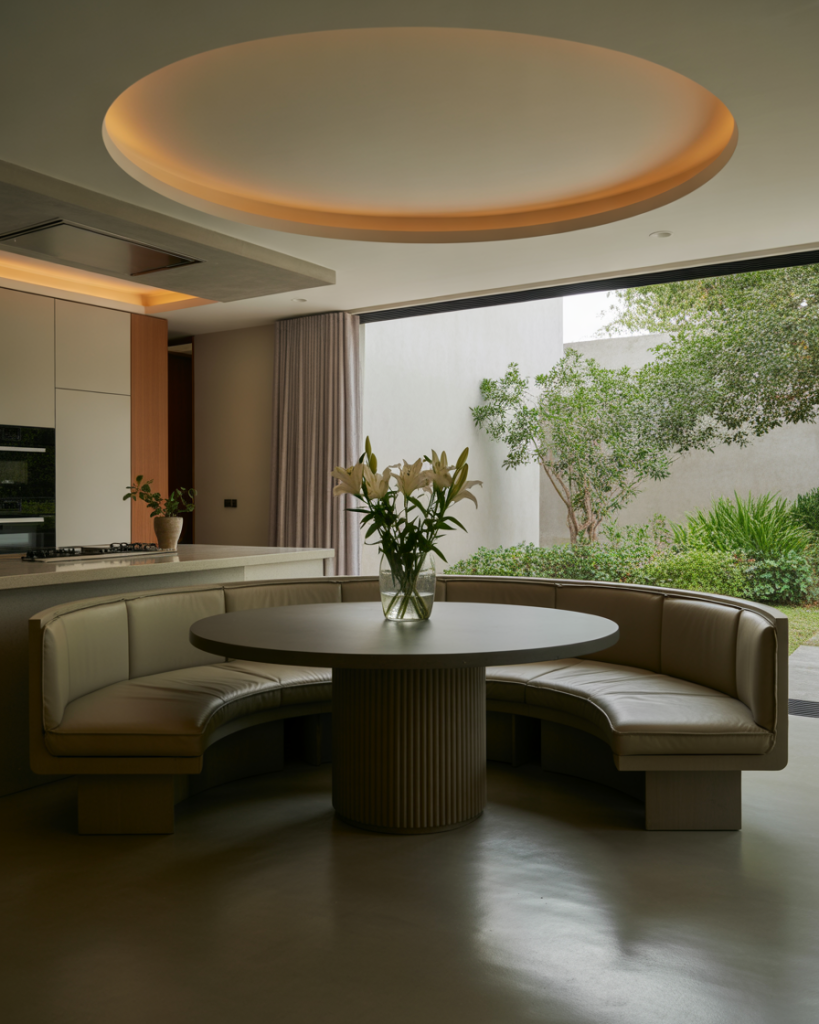
Creating a strategic dining room floor plan can enhance how your open kitchen-living space functions. Consider a round table against a kitchen peninsula with banquette seating against a partial wall. This idea encourages better movement and conversation, especially in homes with limited space.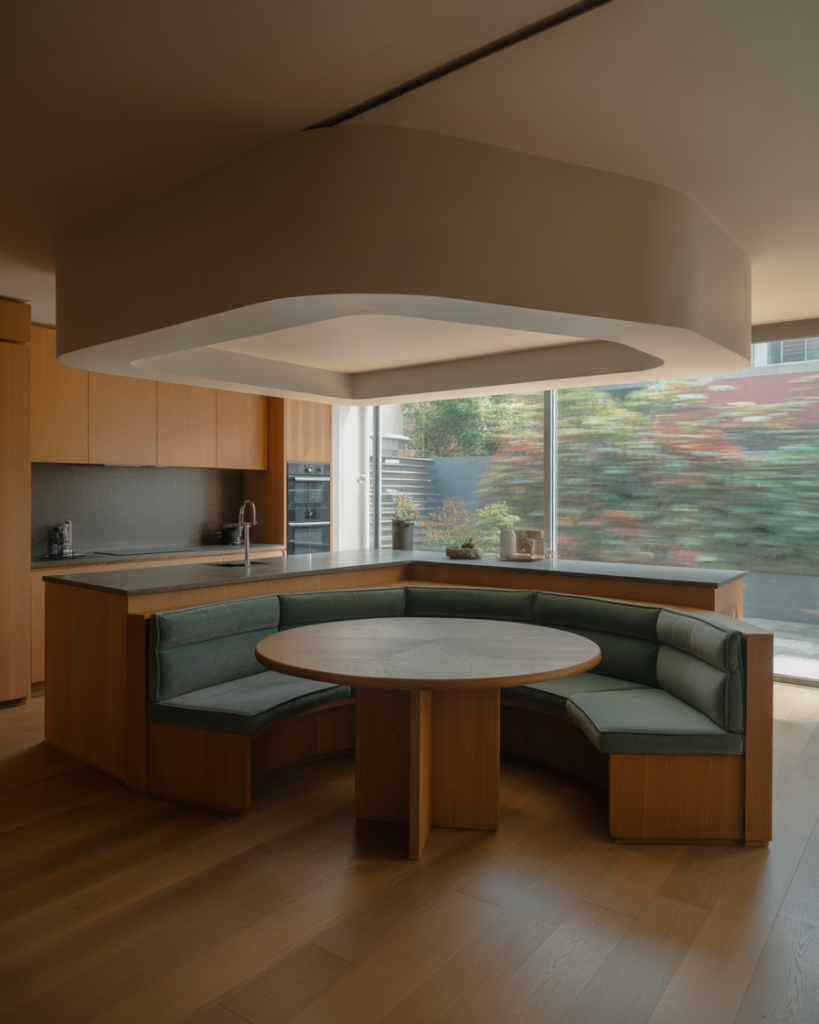
11. Raised Floor Levels
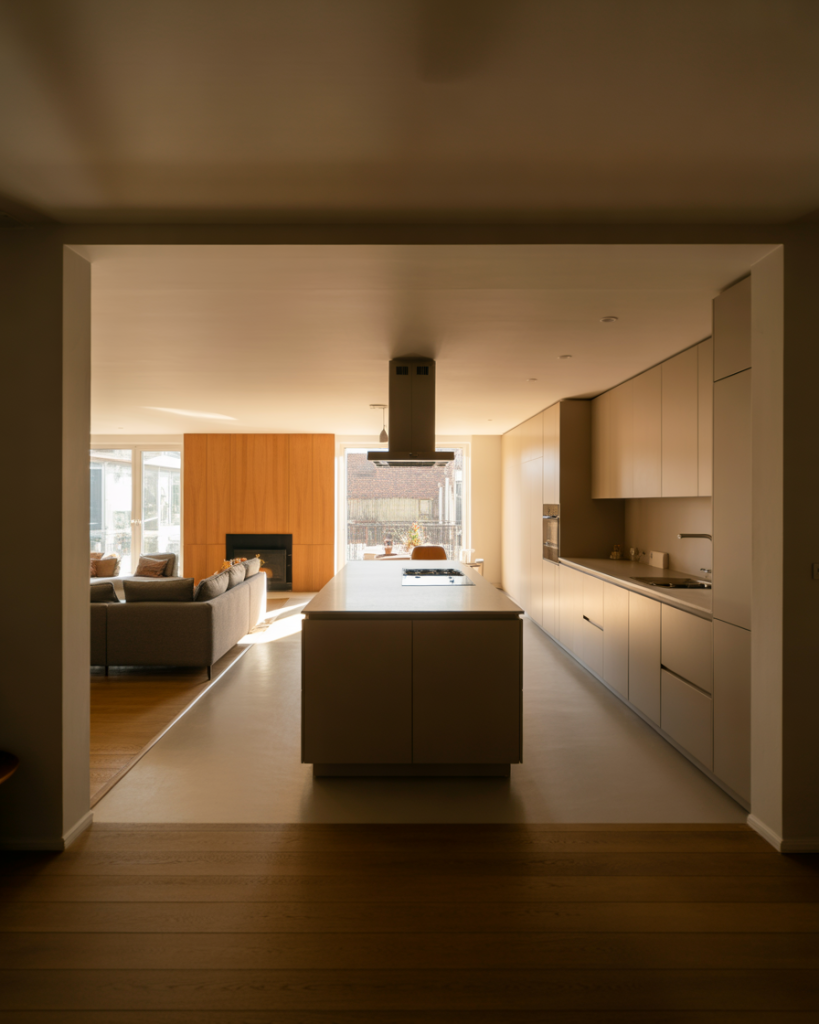
In open floor plans, changing the floor plan elevation by just one or two steps can visually define zones without interrupting the flow. The elevation method works well for contemporary and custom homes, especially when restoring split-level and barn-dominium structures. Architectural interest is created through elevation that preserves the openness of the space. Such a floor elevation naturally divides the living room and kitchen spaces while maintaining a sense of synergy. Designers often use this method to break up long or narrow rooms without building walls.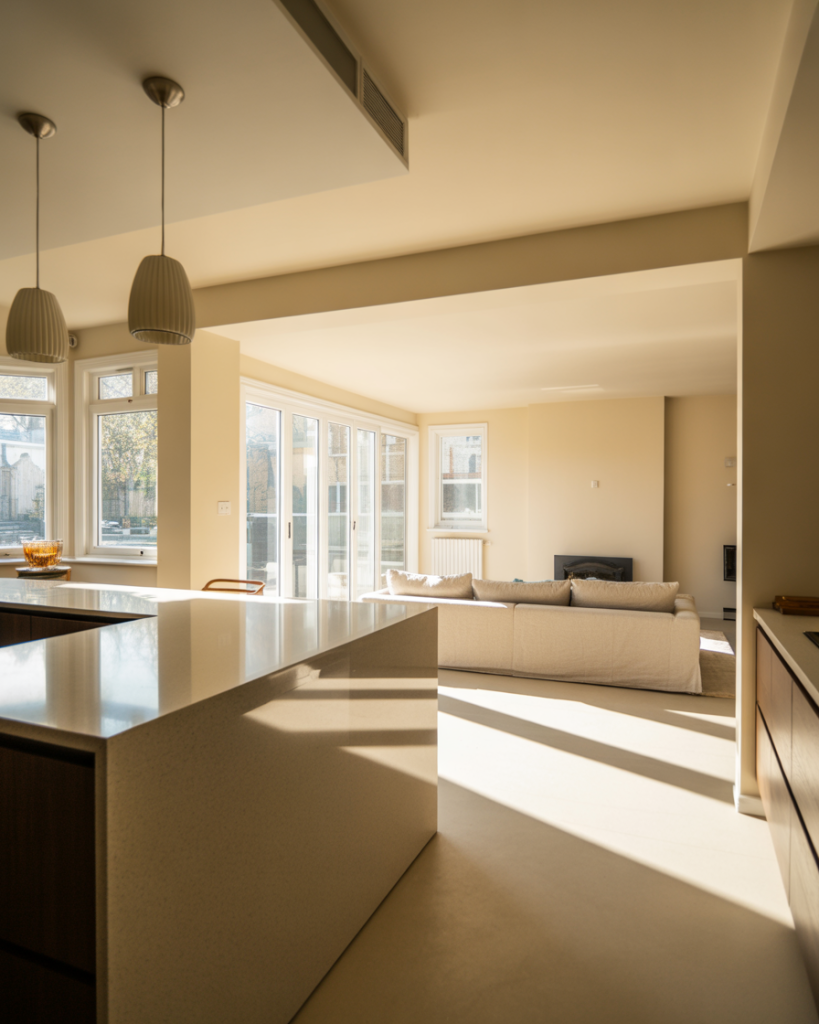
12. Wall of windows
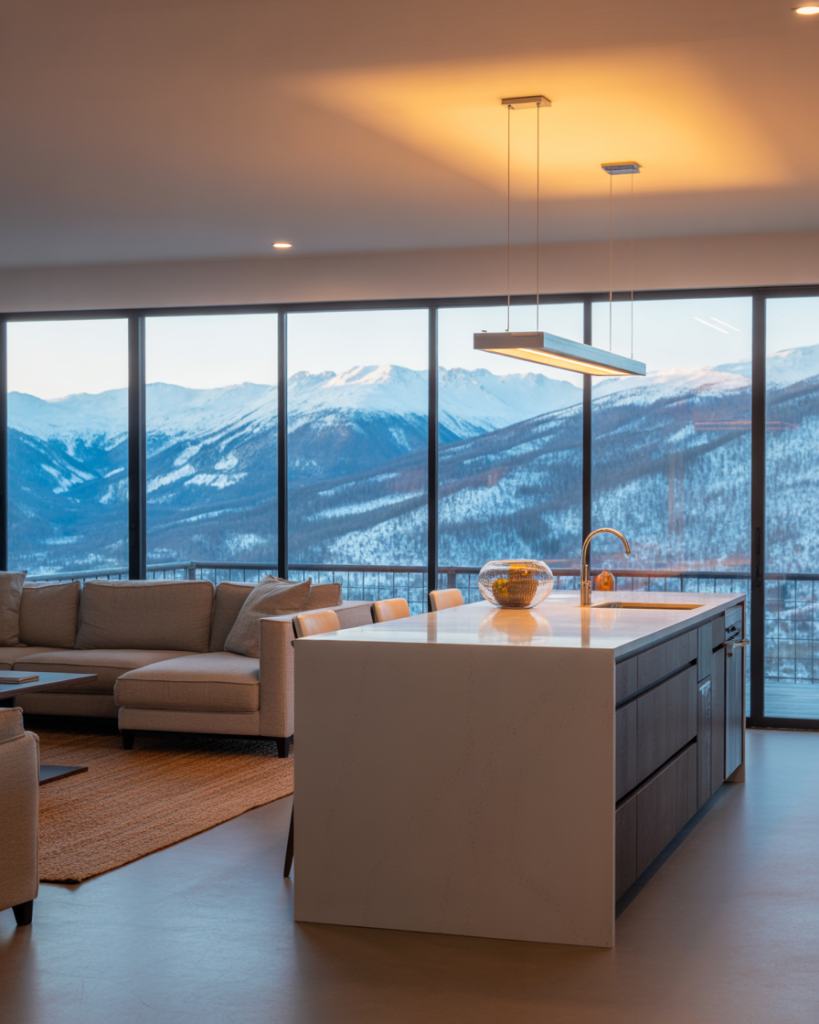
Open floor plans feel most alive when flooded with natural light, and a full wall of glass can make both your kitchen and living room shine. In keeping with an emerging living trend, this design unites indoor and outdoor spaces. The large windows help to eliminate the spatial separation between rooms, while continuously moving light and fresh air throughout. This productive method works especially well in small apartments, where daylight enhances the physical dimensions of the space. Pair it with neutral decor to keep things fresh and airy.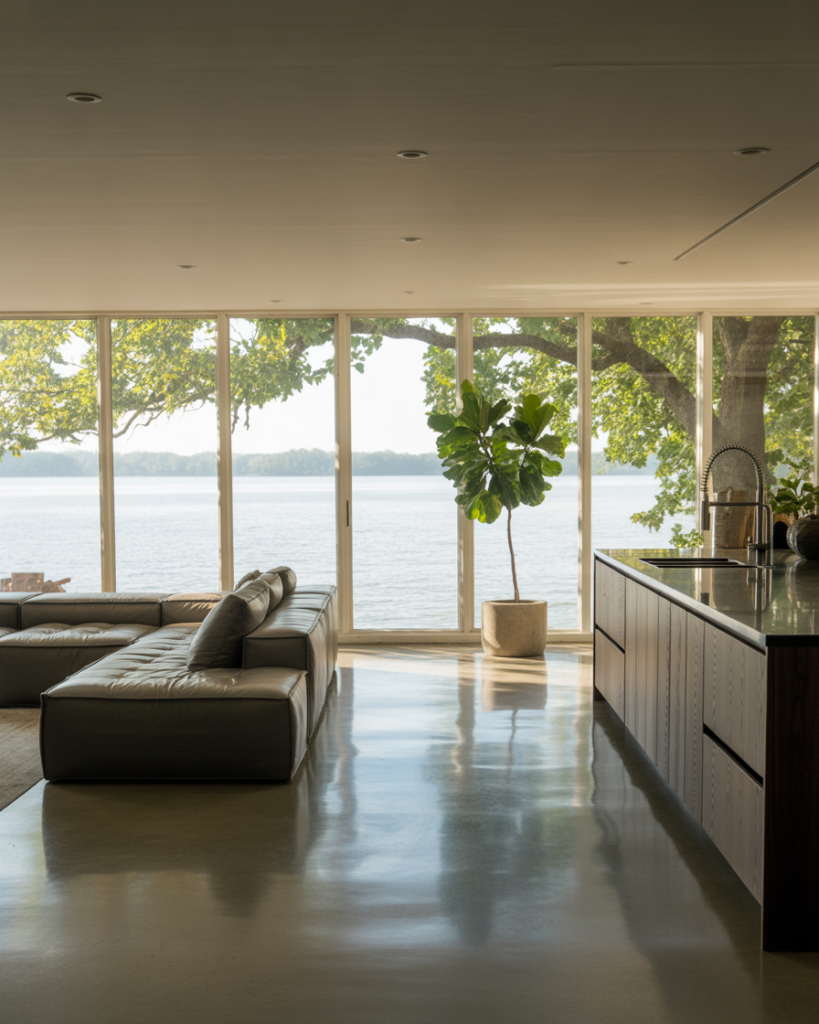
13. Built-in bookshelf as a divider
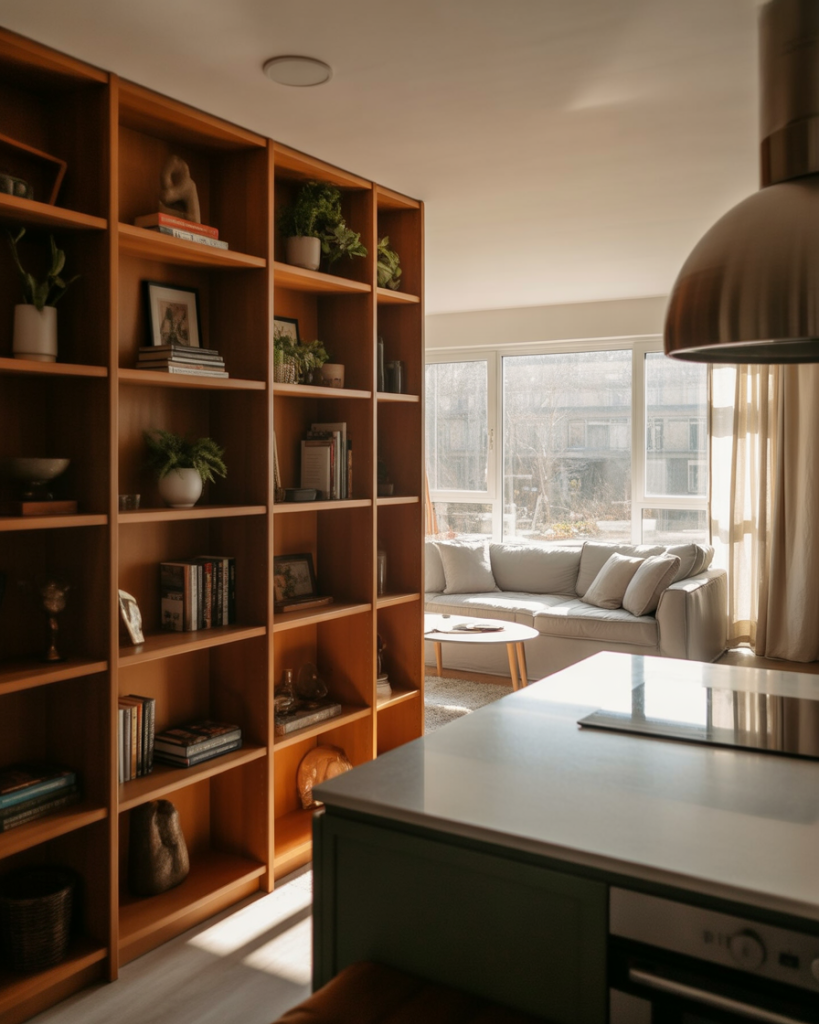
Incorporating a built-in bookcase is a clever way to subtly divide your open-concept layout without sacrificing light or flow. The dual-purpose storage system works to visually merge rooms and serves as both a decorative and storage unit. A built-in bookcase acts as the perfect space divider designed specifically for small rooms, while working perfectly in barndominium configurations to create partitions between rooms without obstructing the flow. Add personal touches such as framed photos, cookbooks or plants.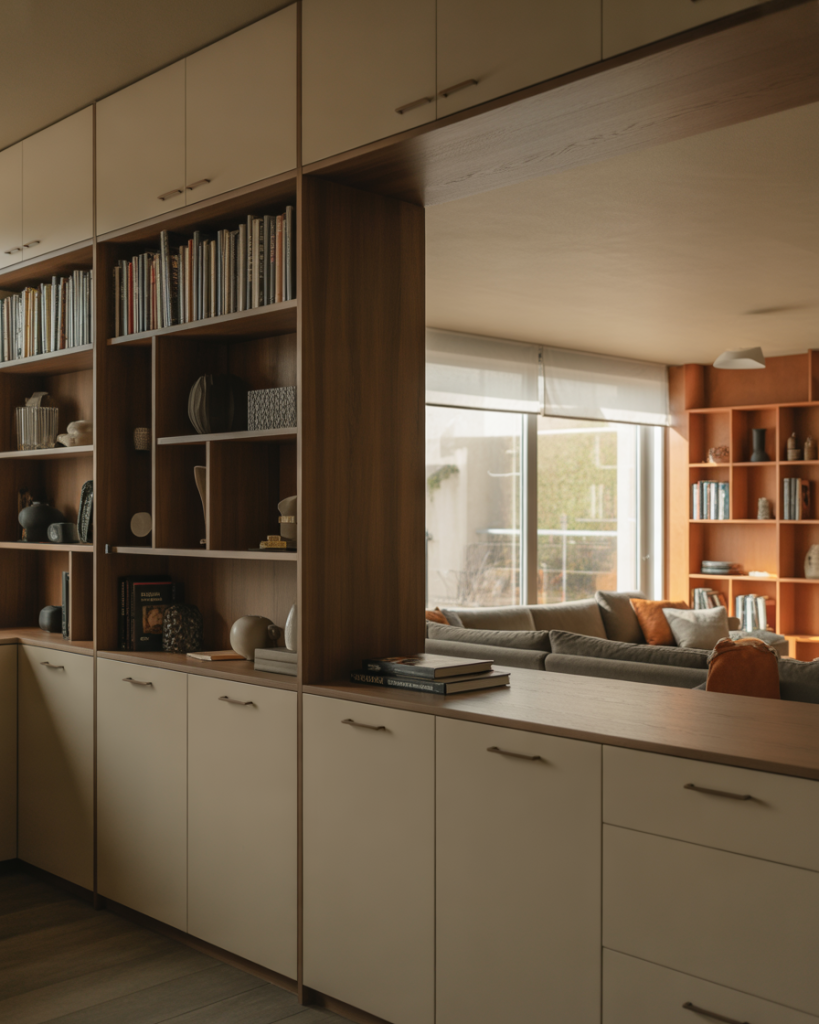
14. Black and wood contrast
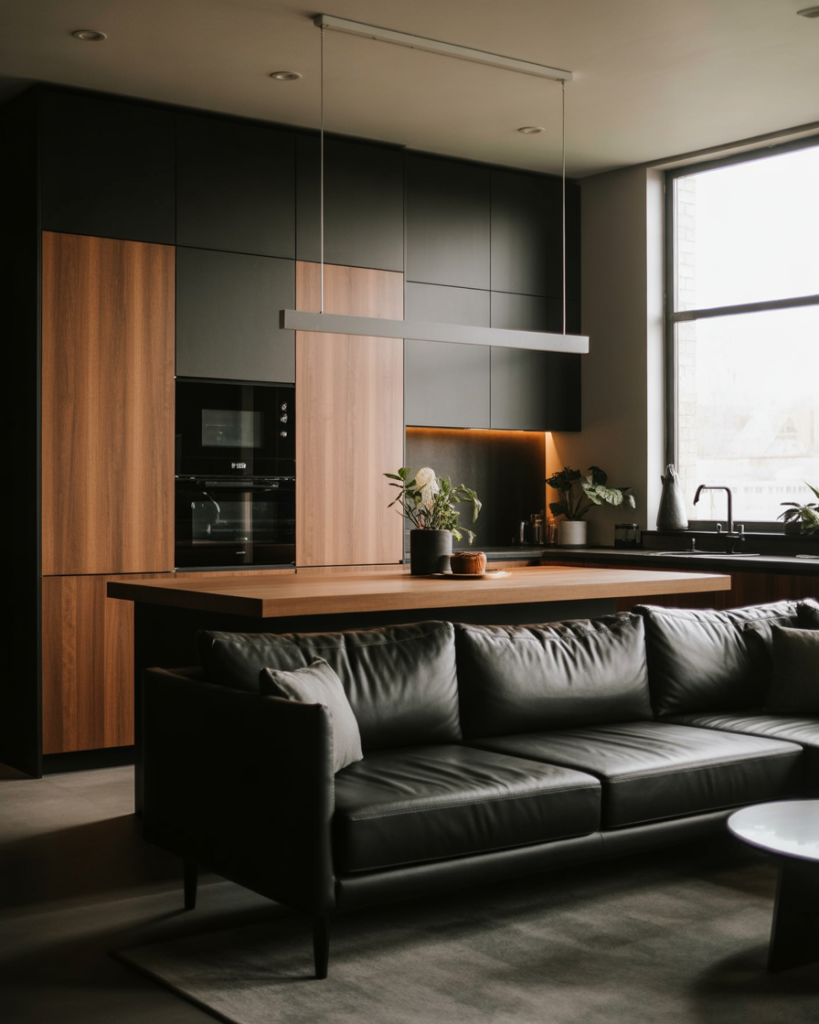
One of the standout ideas for 2025 is using a bold black and wood palette throughout your open kitchen/living room. Black kitchen elements are juxtaposed with walnut or oak furniture in the living area for a contemporary yet timeless look. The black and wood aesthetic works best when used to bring balance to compact living spaces. The key is to repeat both materials in each zone for cohesion.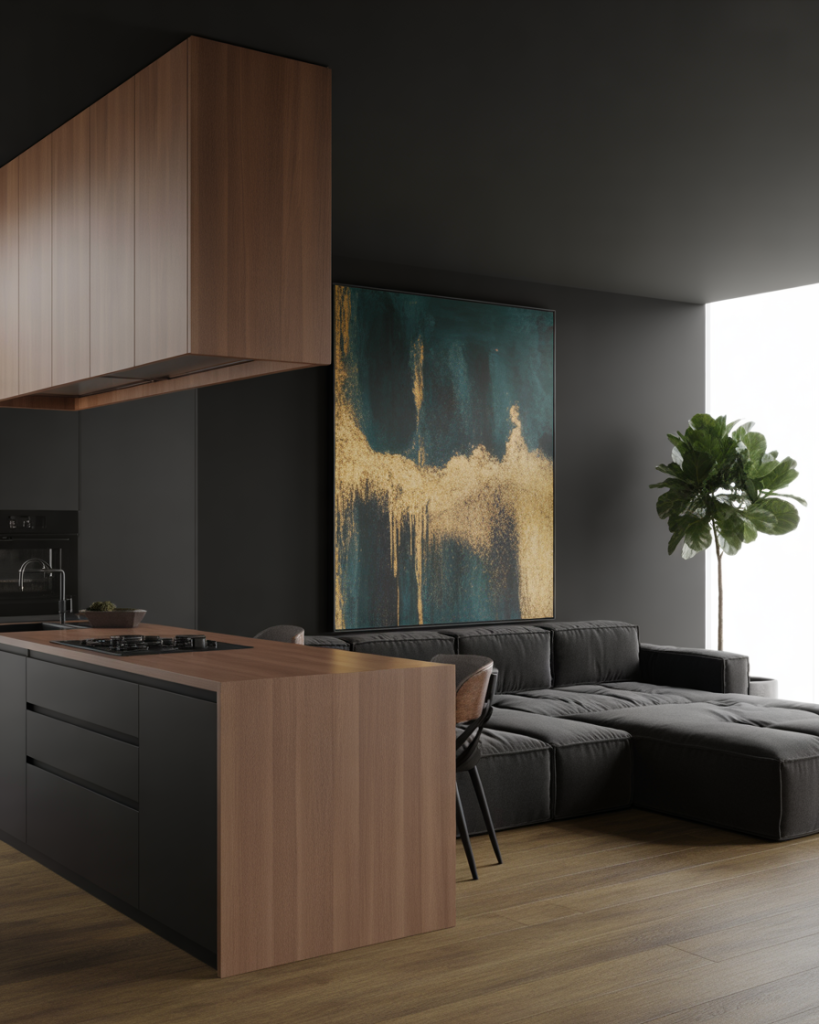
15. Curved Furniture Flow
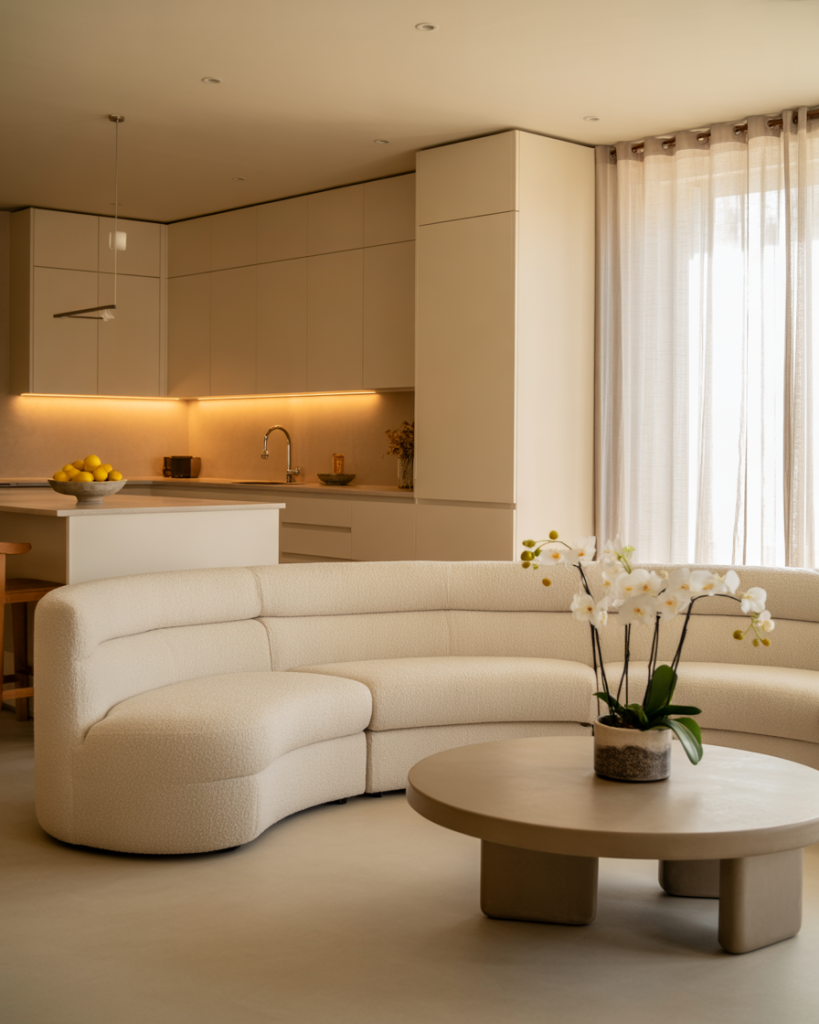
Curved furniture is making a big comeback in interior design, and it’s perfect for open-concept living. A round coffee table, rounded sofa designs and curved islands work to reduce angular layouts while creating an easy flow to your space. This design technique works especially well to enhance hallways and other small spaces that require fluid movement. The curves help unify the kitchen and living room, creating a calming environment that invites conversation and comfort.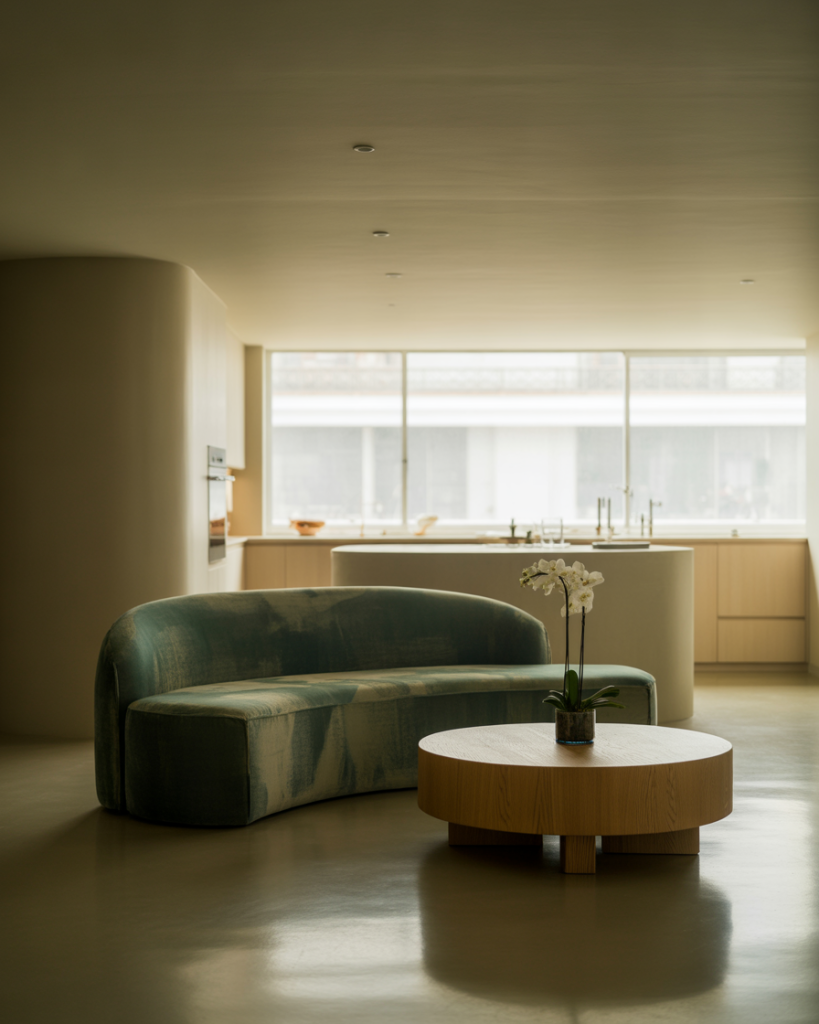
16. Unifying Statement Lighting
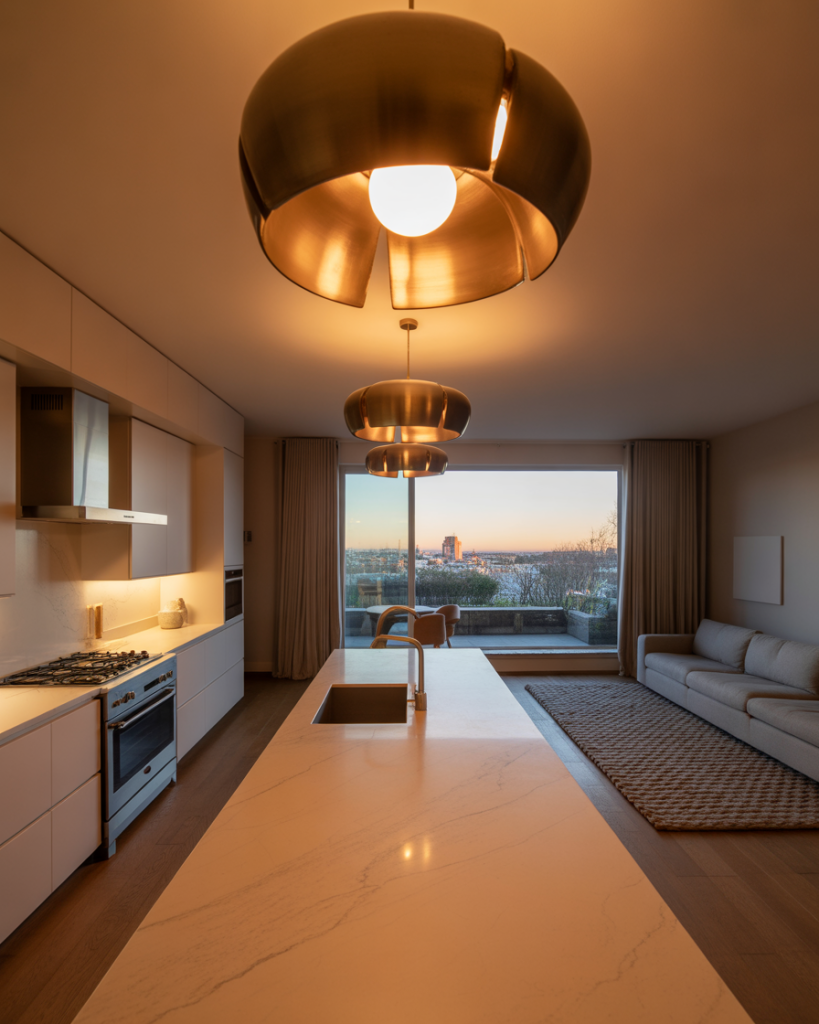
A great way to tie together your dining, kitchen and living areas is to repeat or align statement lighting throughout the space. A combination of pendant fixtures over the island, along with a statement chandelier over the dining room floor plan, will visually connect different spaces and develop spatial harmony. When done right, this approach gives basic arrangements an aura of intentional design. Designers such as Amber Lewis regularly emphasize lighting as the glue that holds open spaces together.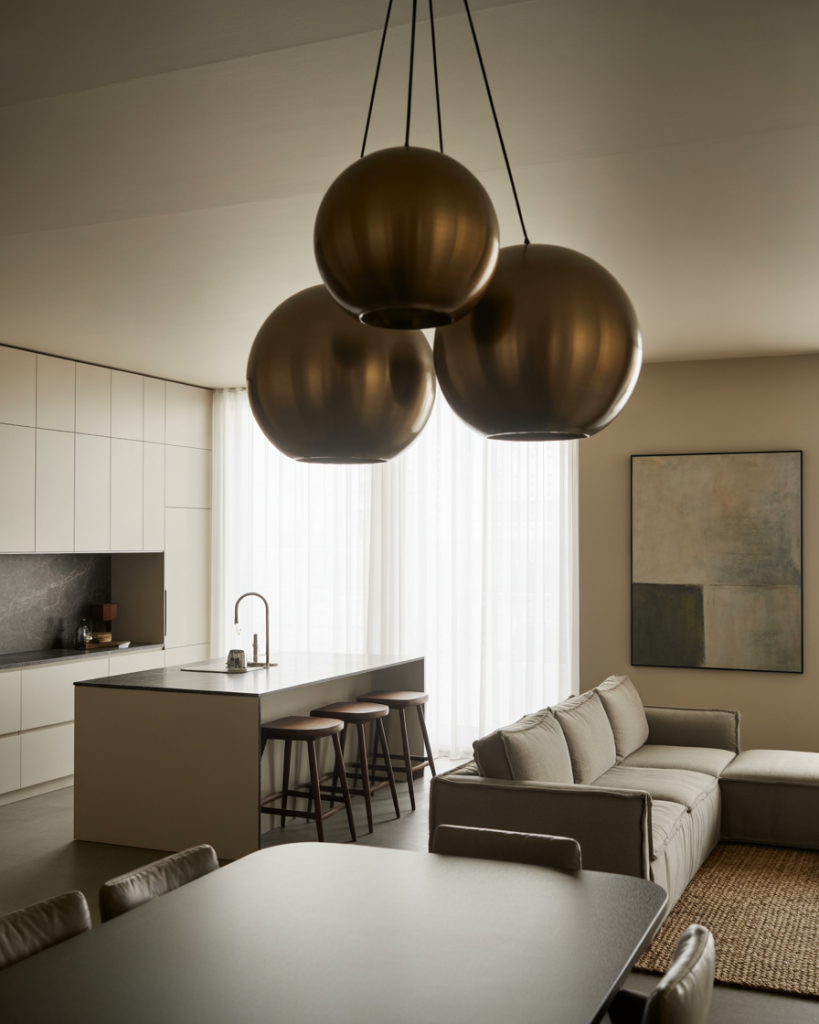
17. Modern Cottage Layout
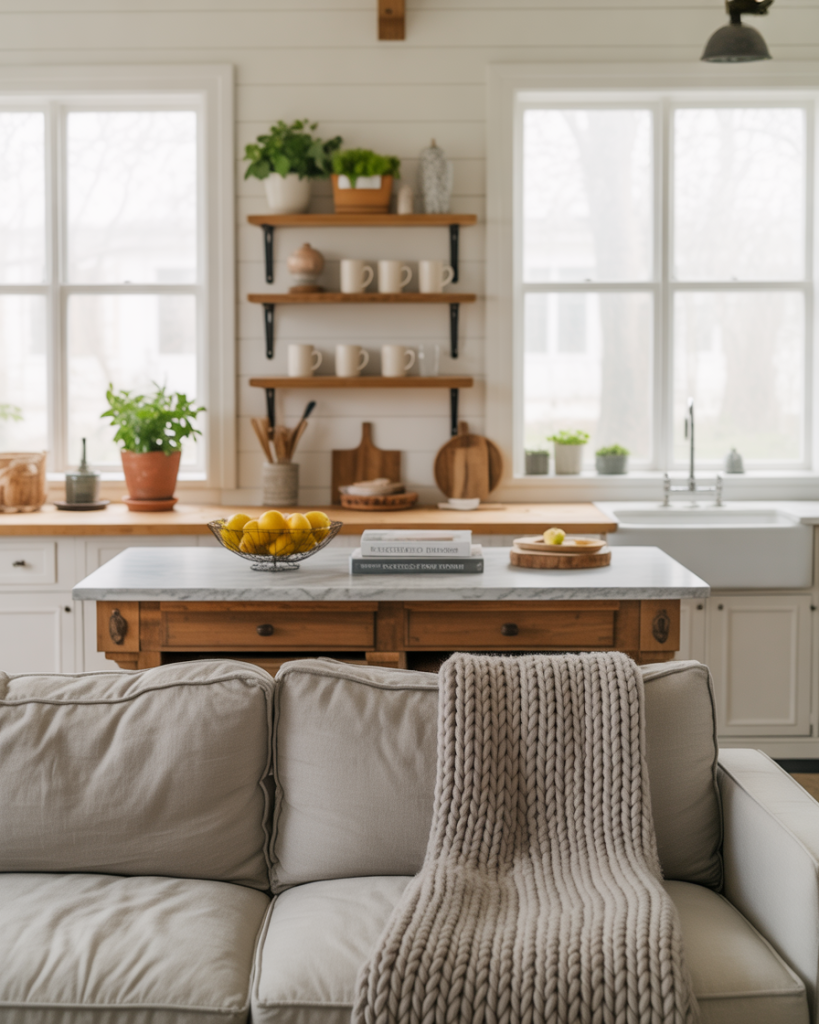
Blending modern layouts with classic cottage textures adds personality and warmth to your open concept. Shiplap wall treatments with exposed beams and supple fabrics create a cozy atmosphere that harmonizes with the spacious open plan design. This particular hybrid layout works well in cottages and small homes when combined with textured shiplap. It’s especially appealing to families who want both style and nostalgia in their design.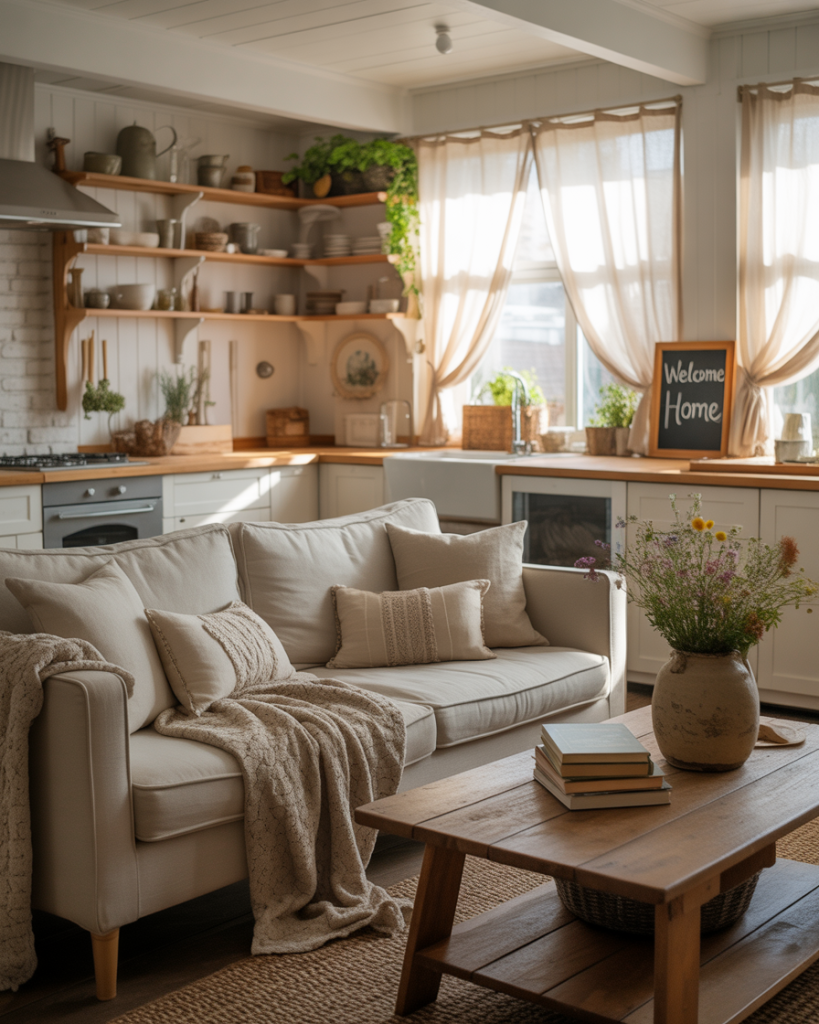
18. Color Block Zoning

Using paint colors to block out different zones is a bold way to define space in open floor plans. Customers can use paint colors to mark different spaces by choosing a vibrant blue for the kitchen area and a warm beige or terra cotta for the living room. People who need functional design as well as style should consider this approach, as it works in small spaces and in homes with interior decorators. The key is to choose tones that complement each other but contrast enough to visually divide.
19. Indoor Plant Framing
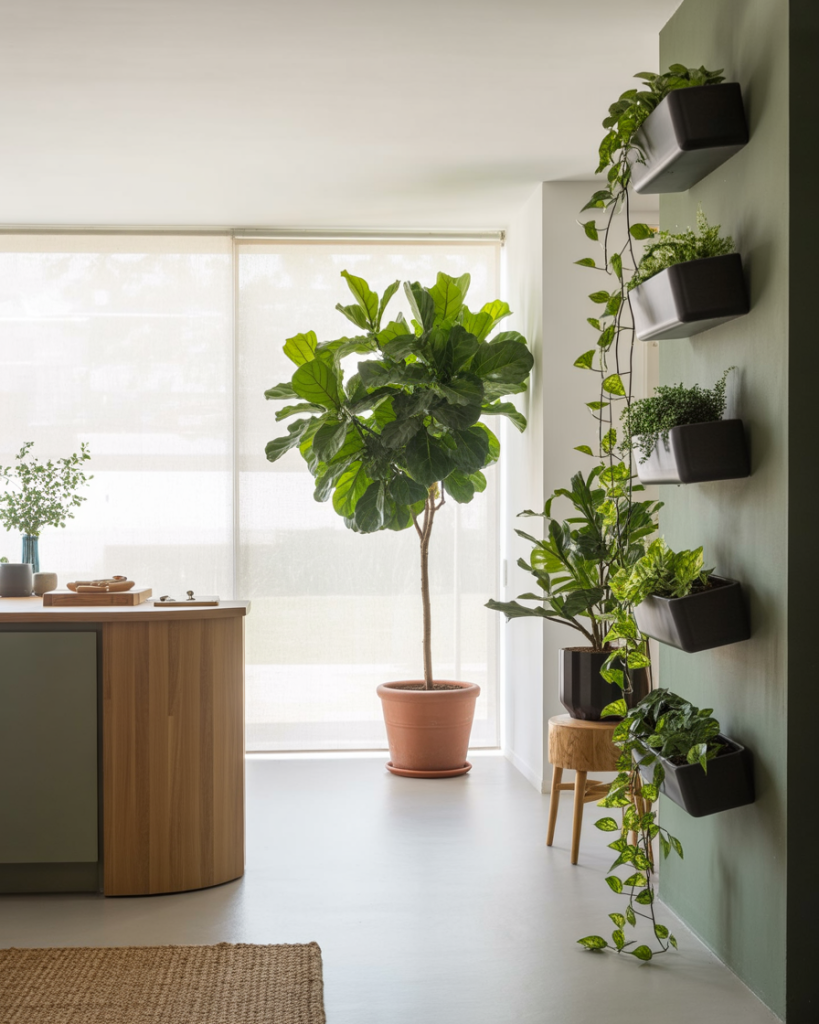
Layering your space with greenery is more than decoration-it’s a way to guide flow and mark zones. Use tall fiddle leaf figs, hanging planters or vertical gardens to gently “frame” your kitchen or living room. Such partitions work effectively in Scandinavian-designed rooms as well as modern interiors, especially when used to bring lightness to unstructured spaces. Plants also purify the air, making your space feel more vibrant and healthy.
20. Glass Partition Framing
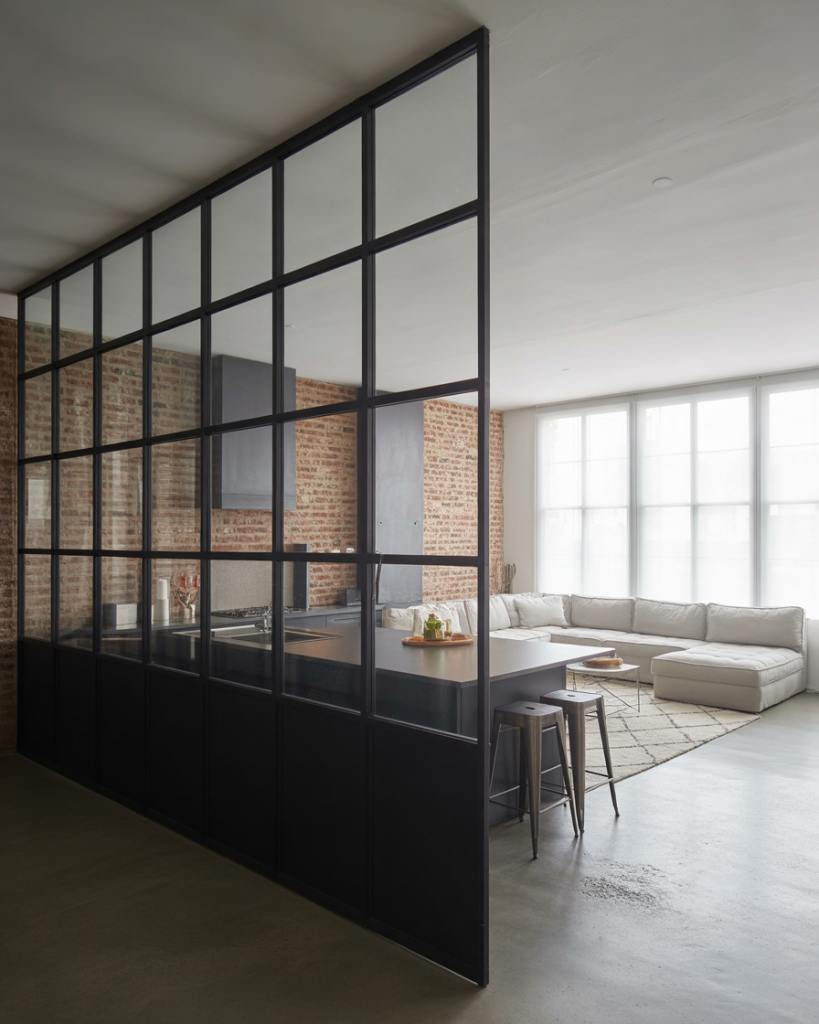
When you need some separation but still want to maintain an open concept, try a glass or black-framed steel partition. The partition enhances the natural light between rooms while creating an industrial aesthetic. This style works especially well in residential remodels or condominium renovations where openness and architectural definition are both priorities.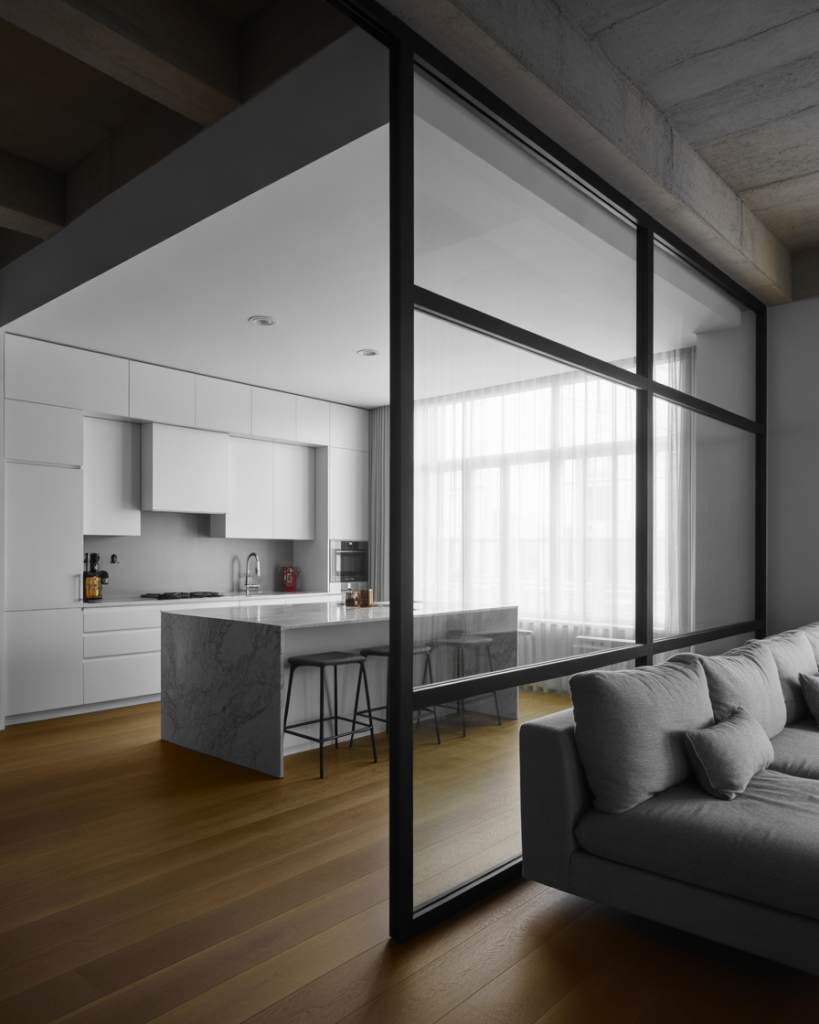
21. Minimalist smart technology integration
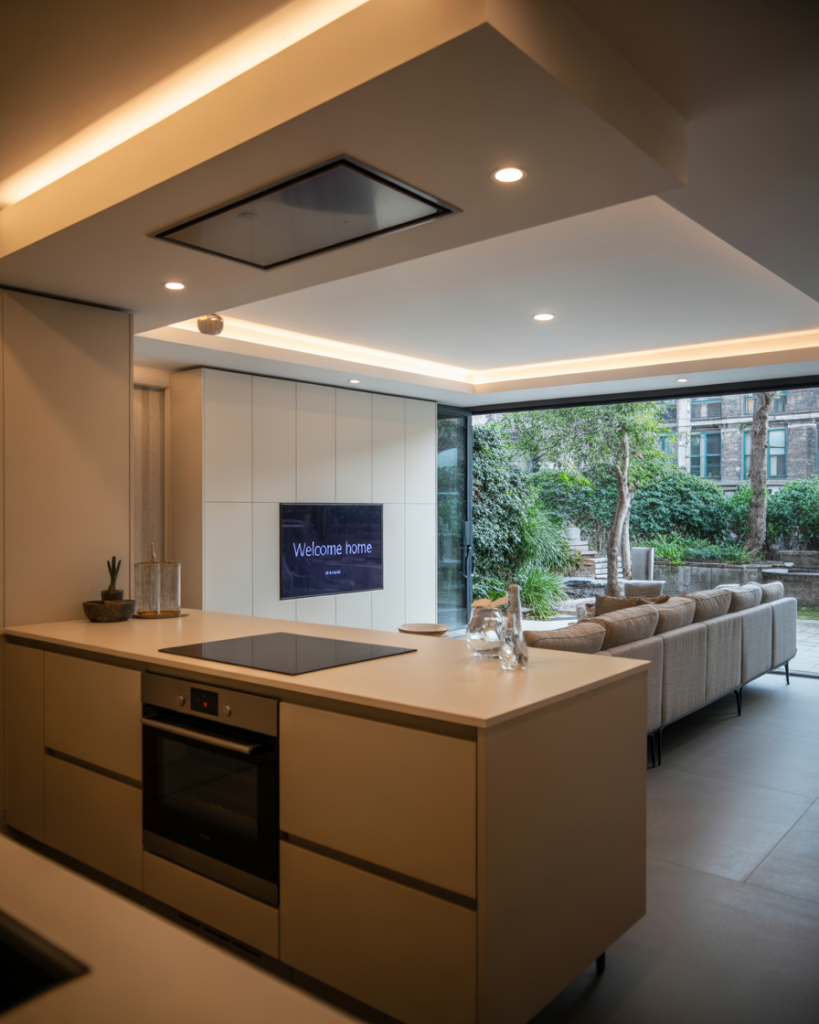
Open spaces work best when clutter is minimized, and smart design can help. Users enjoy simplified connectivity, with integrated speakers and lighting systems and smart appliances that can be controlled from one system across rooms. The design provides both a contemporary look and complete operational capabilities for homes that look modern and functional. Even a small home can benefit from automation that eliminates visible devices and wires.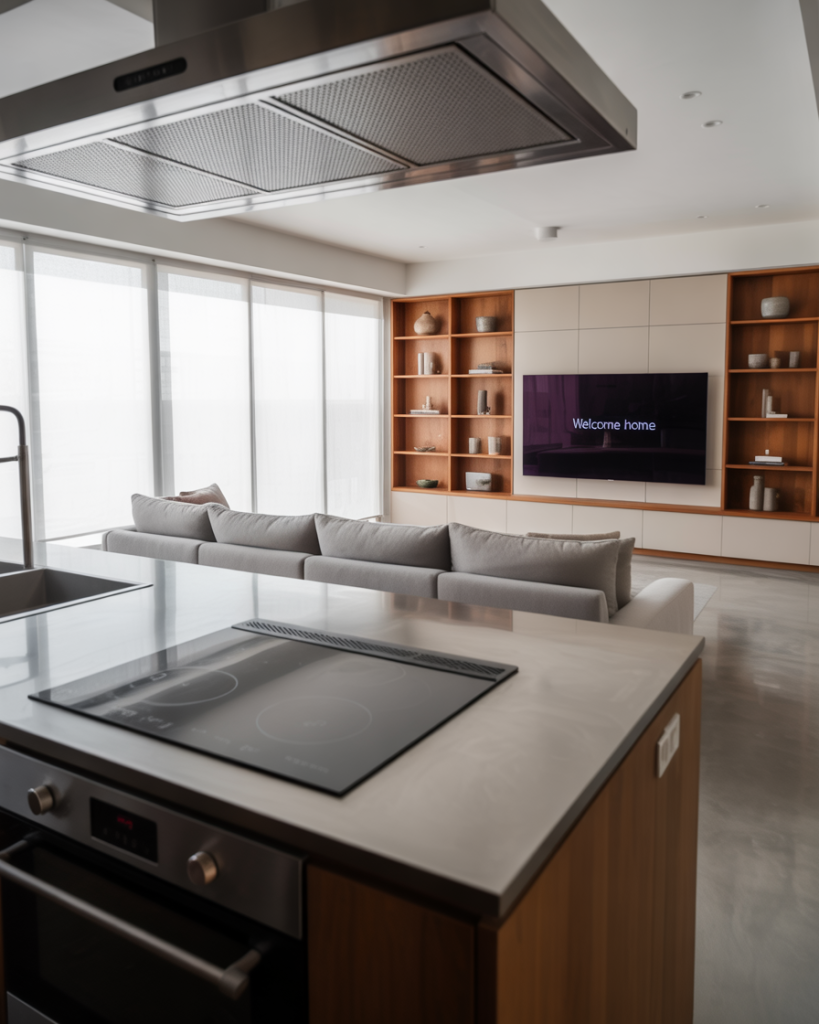
22. A dining area with personality

Not every dining room layout has to be formal. A banquette or round table with a cozy booth should be placed in an exclusive nook near the kitchen area. Your space should reflect the overall floor plan through art additions and wallpaper accents. This setup works for families and entertainers alike, giving you a fun focal point without disrupting the flow of your open concept.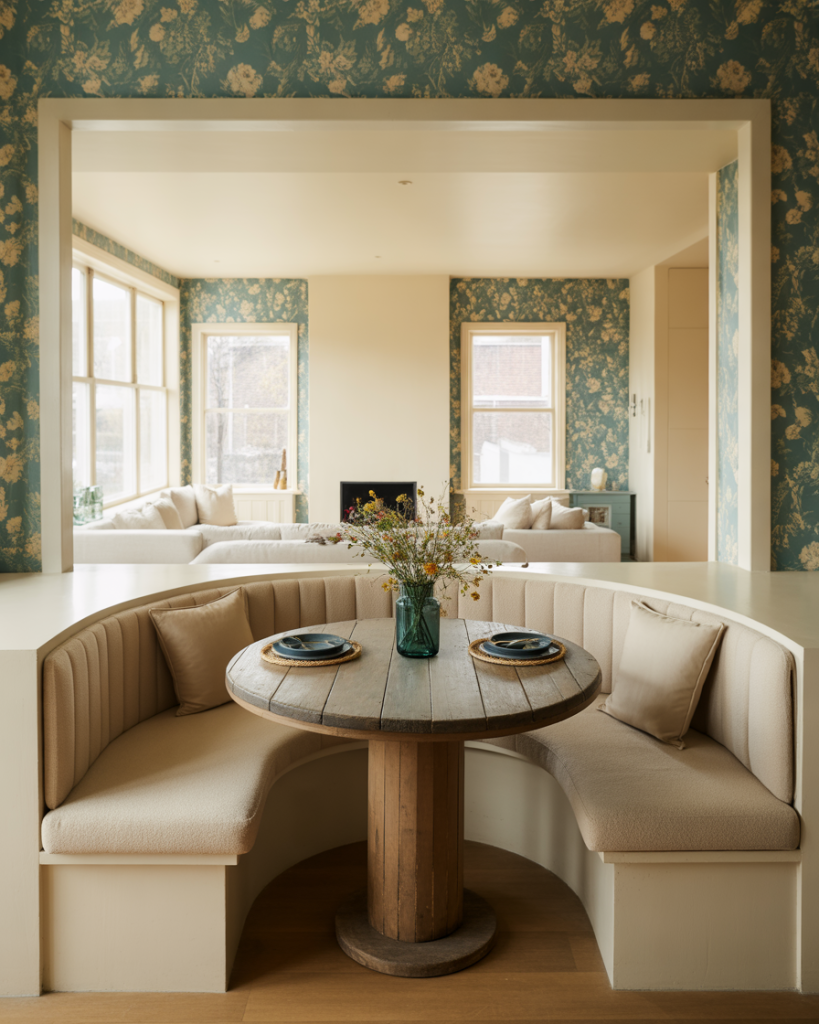
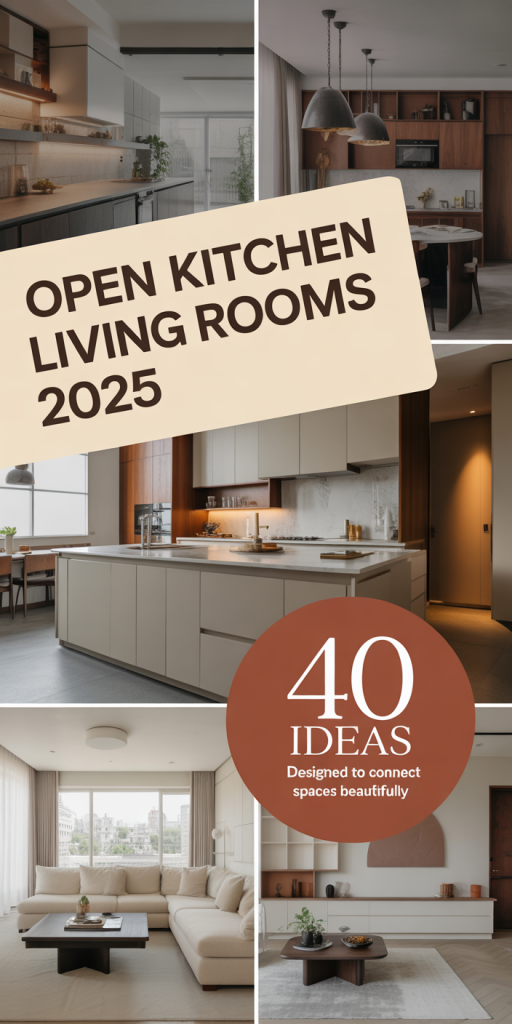
Conclusion
Whether you’re living in a compact apartment, renovating a rustic farmhouse, or simply dreaming up a new floor plan, open kitchen-living rooms offer limitless potential for blending function with style. These famous designs from different rooms exist primarily to inspire real spaces that serve real human needs. Your feedback about what attracted you would mean a lot to us. Are you planning an open floor plan? Do you have a special way of combining your dining room and kitchen? Share your thoughts and let’s continue the conversation in the comments below.
